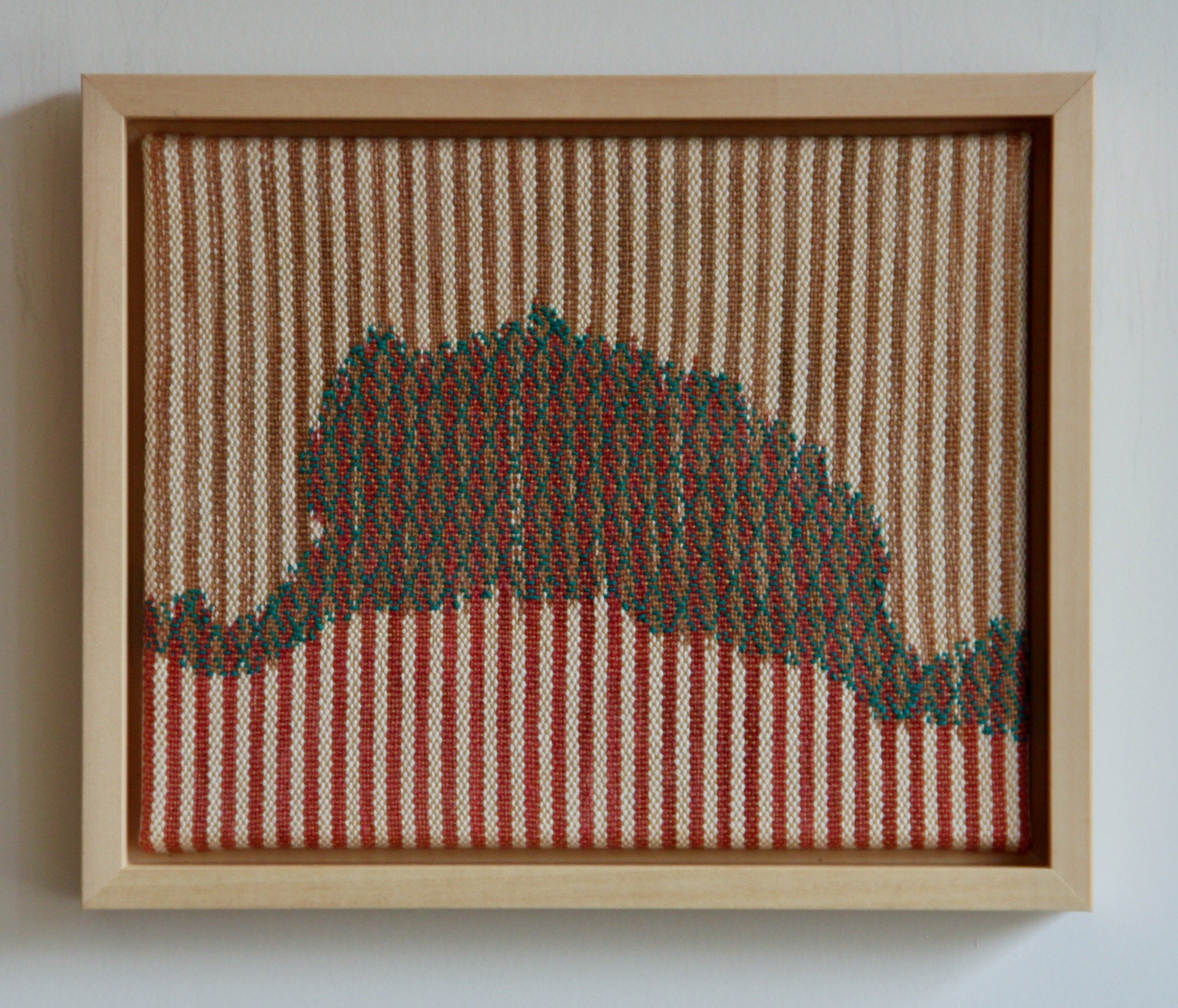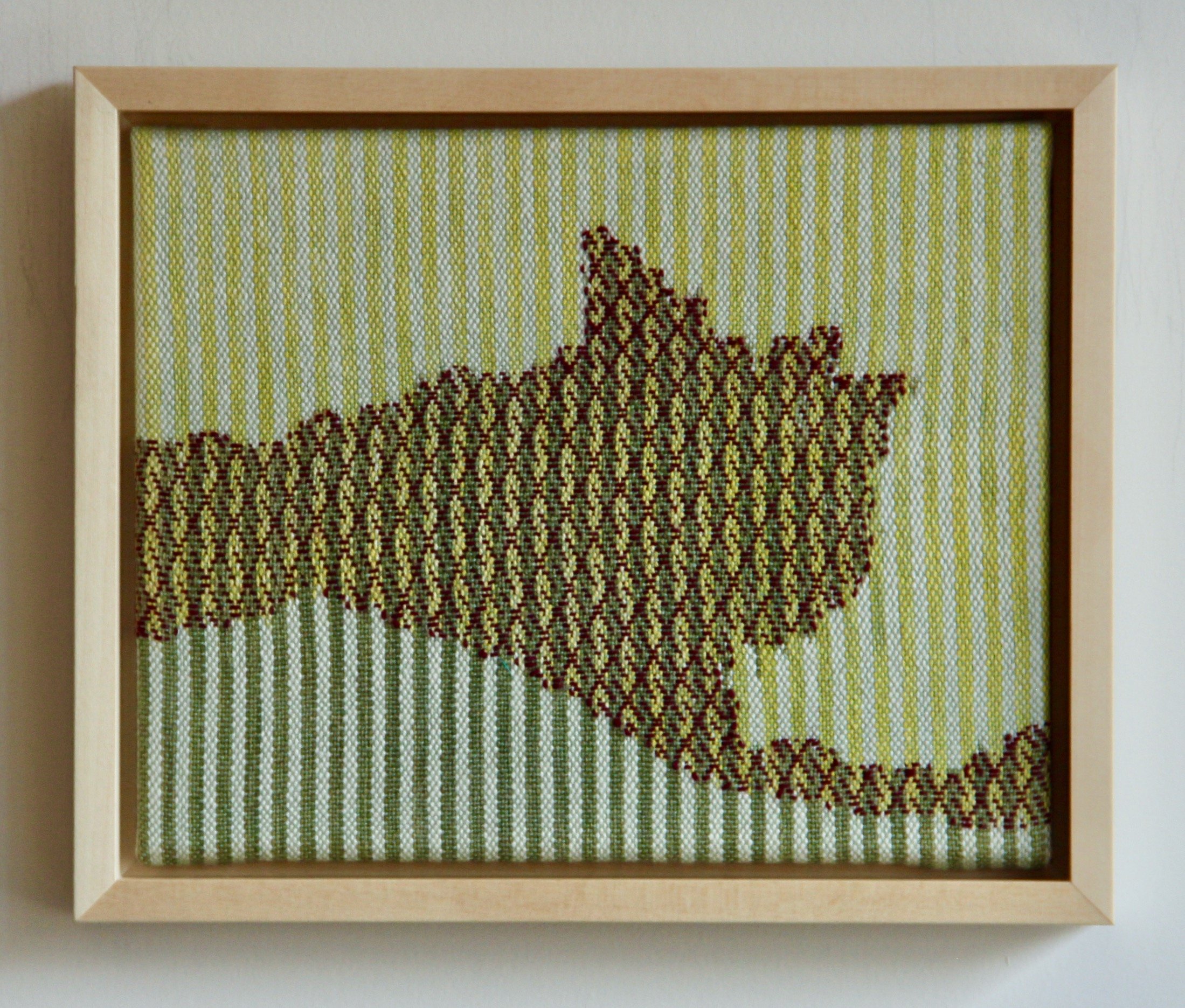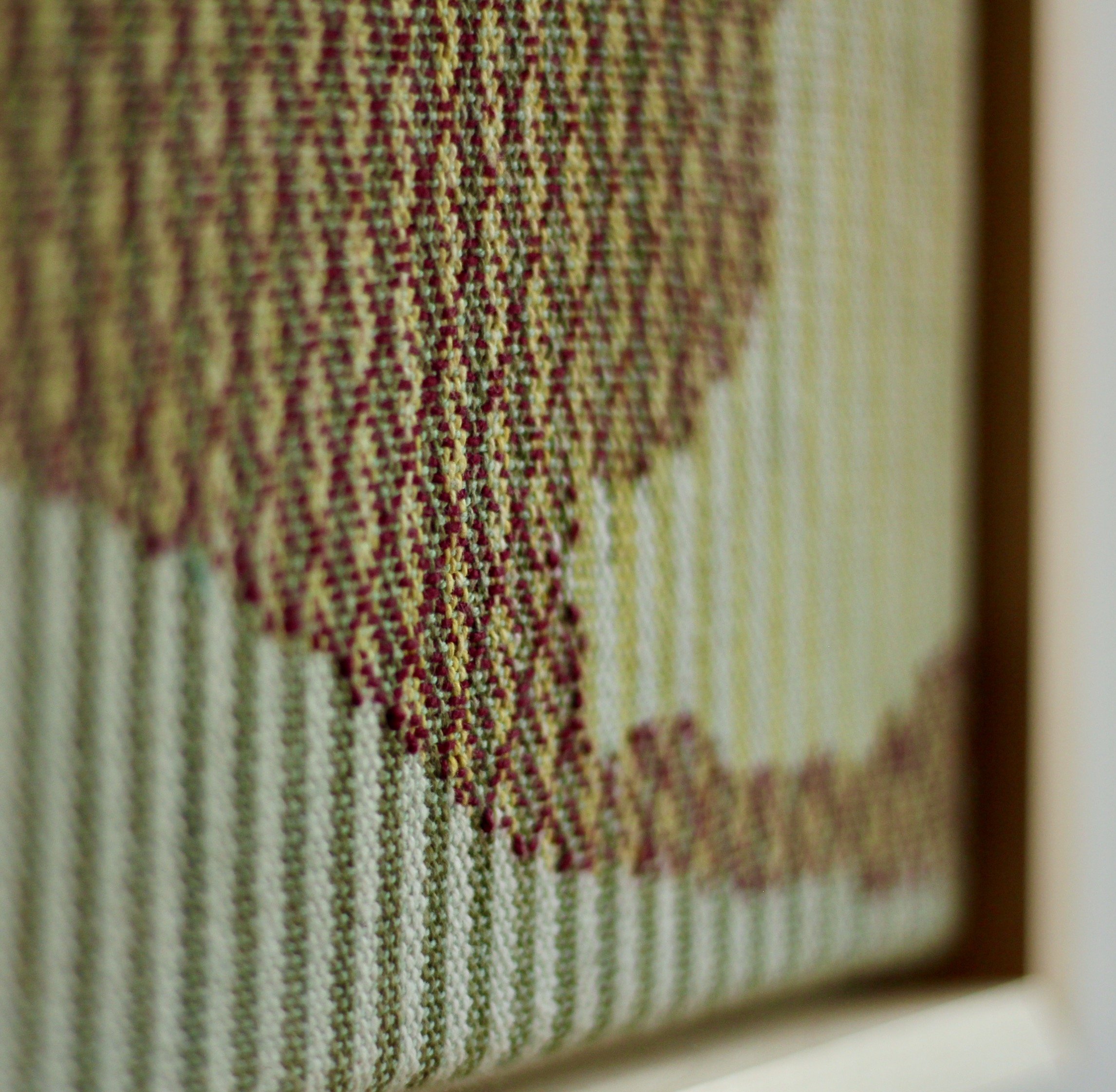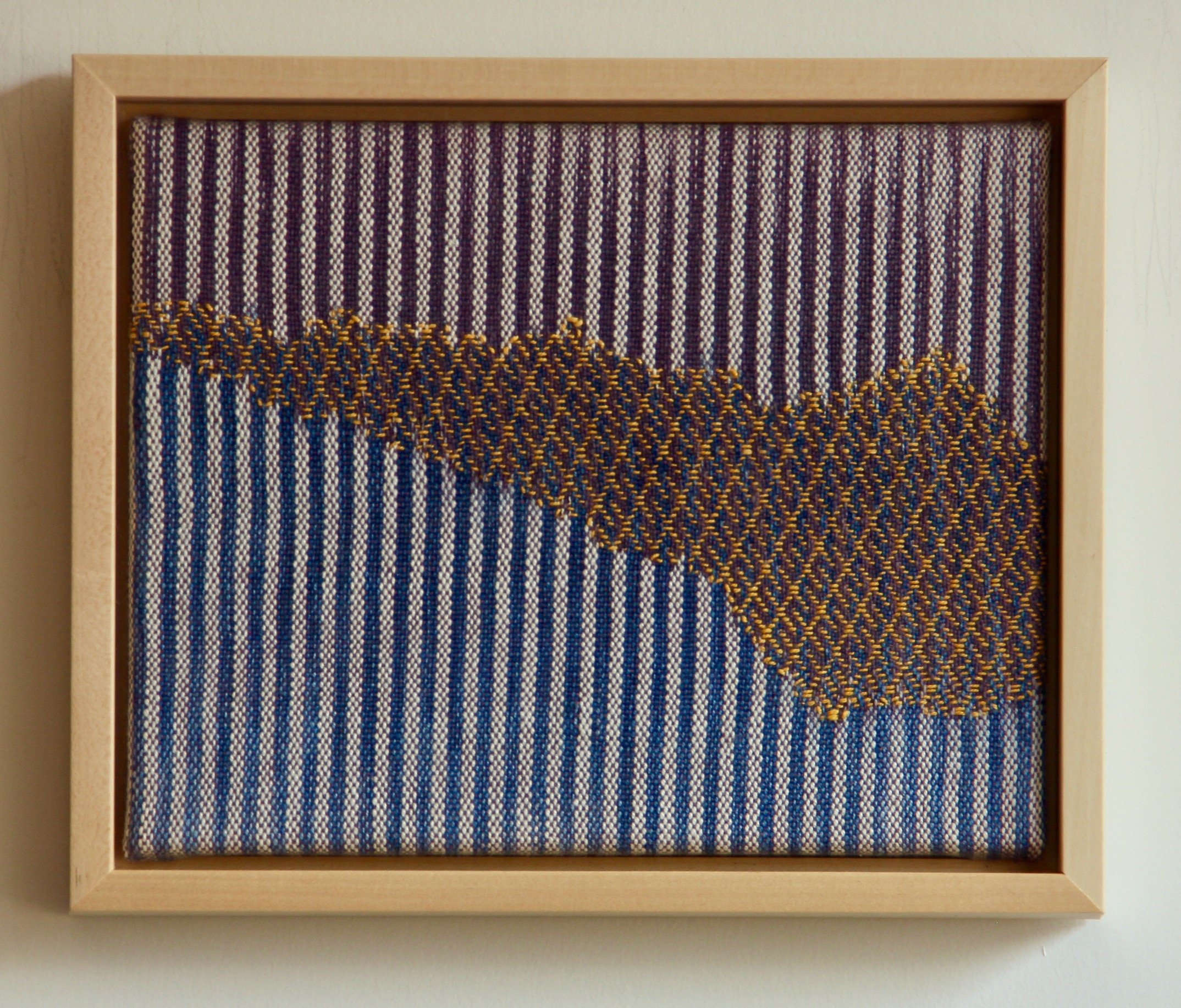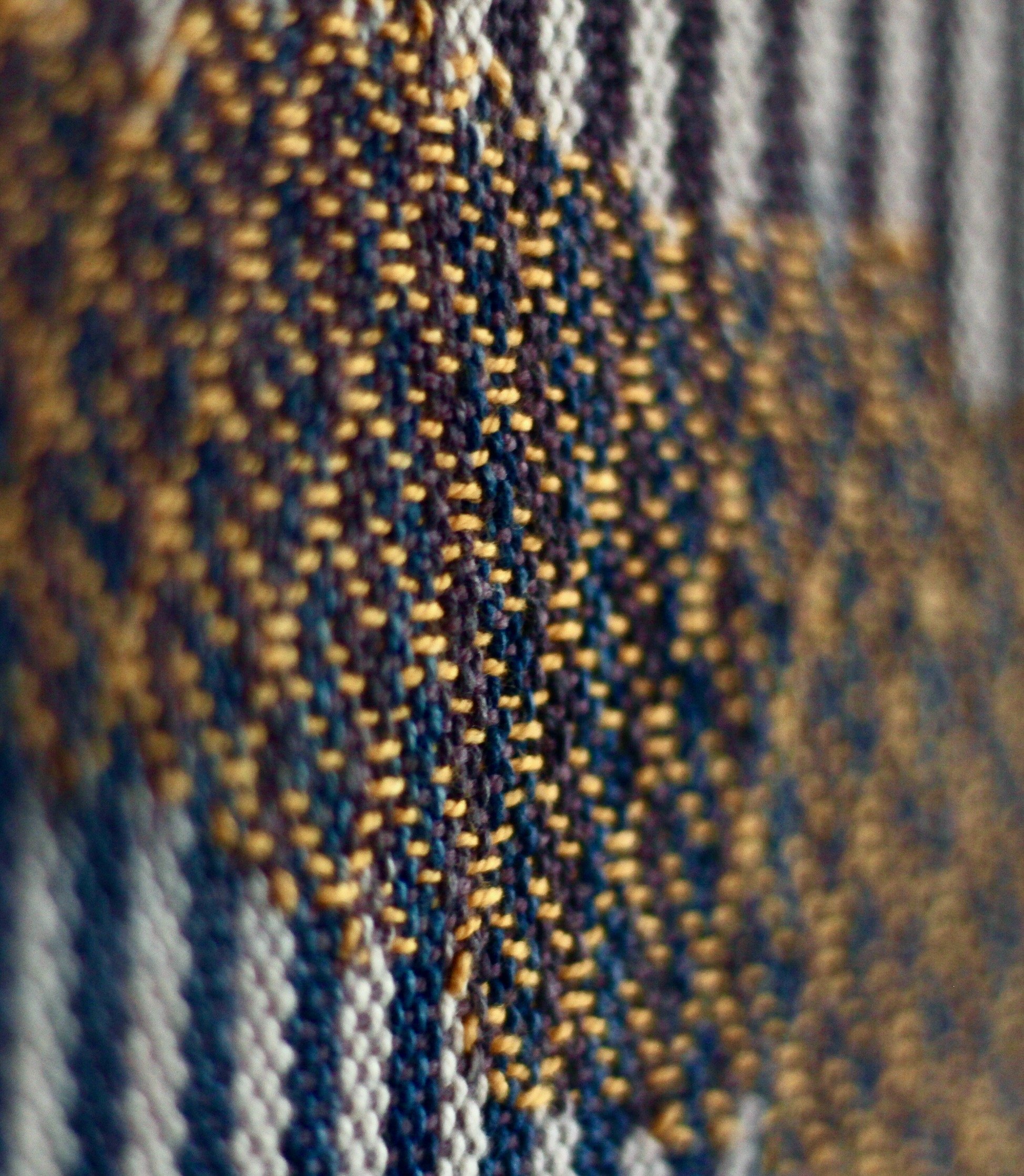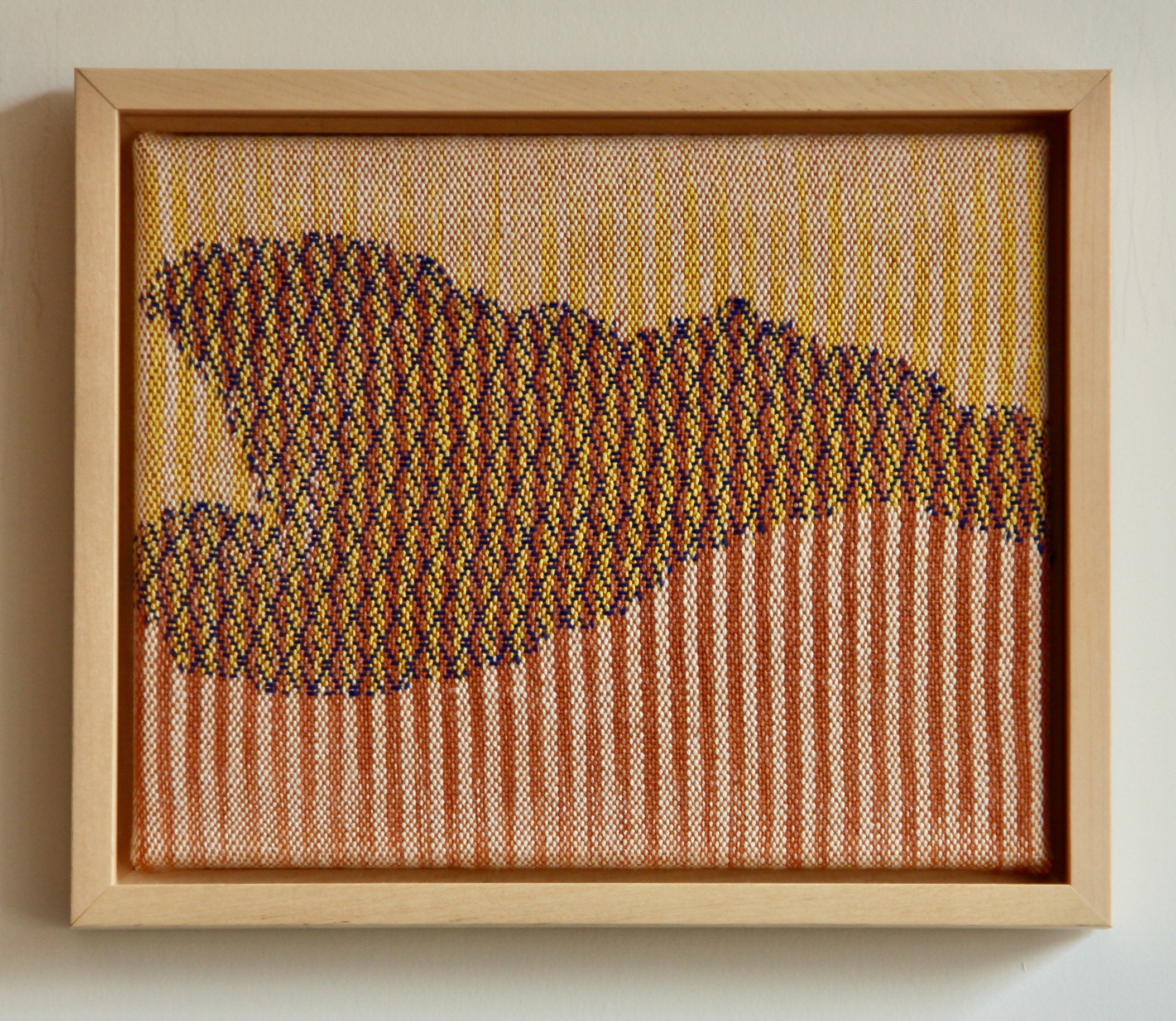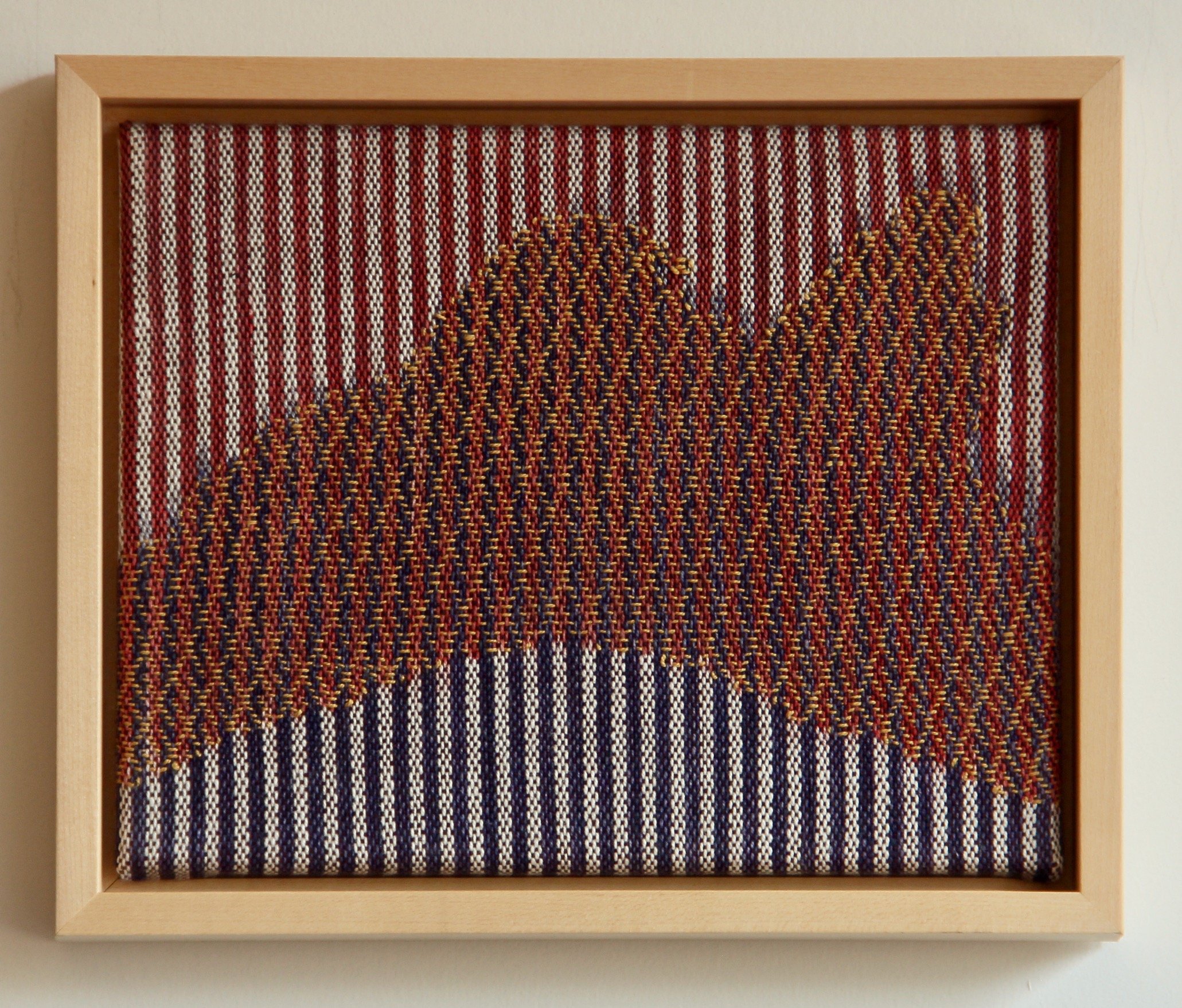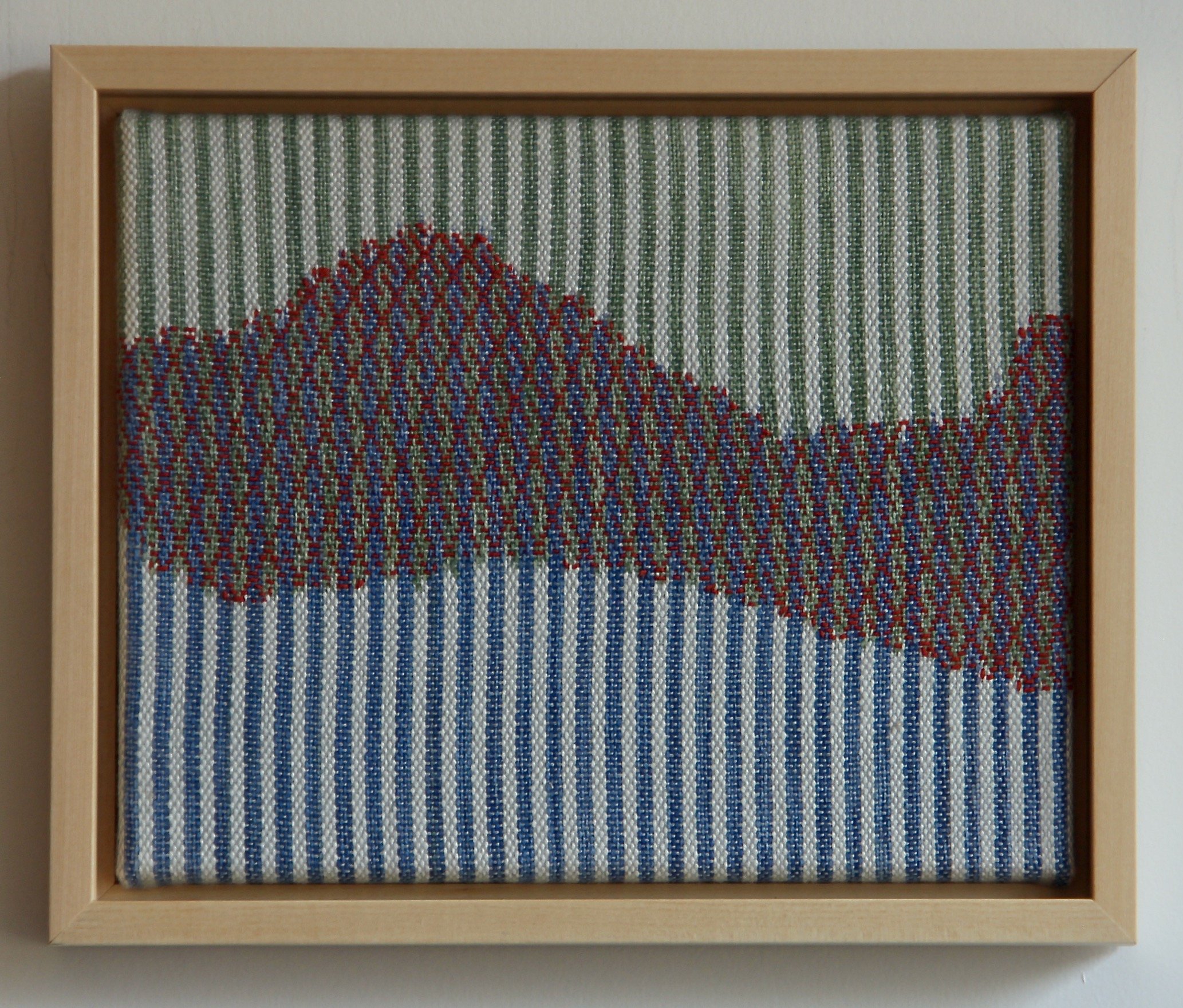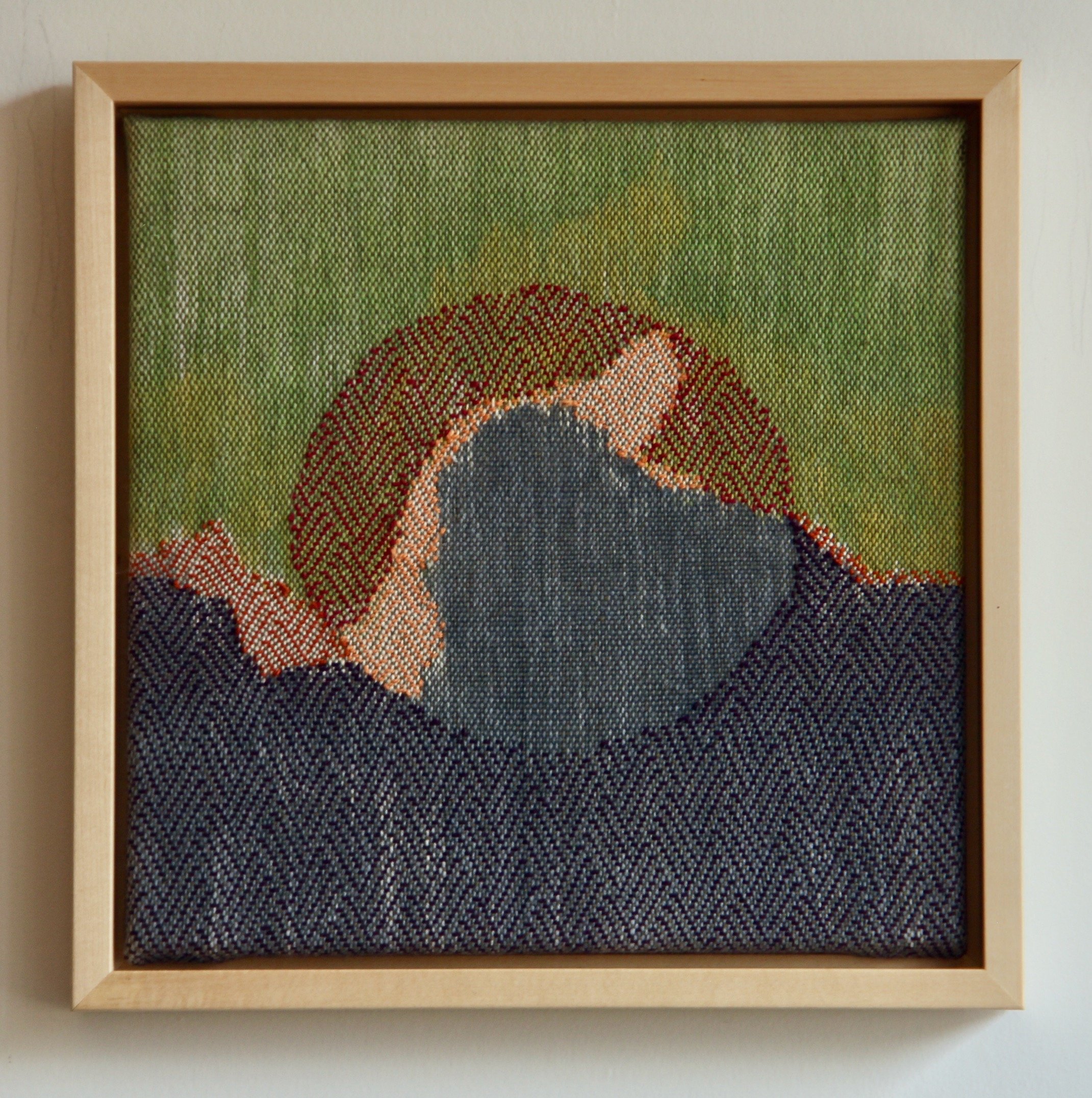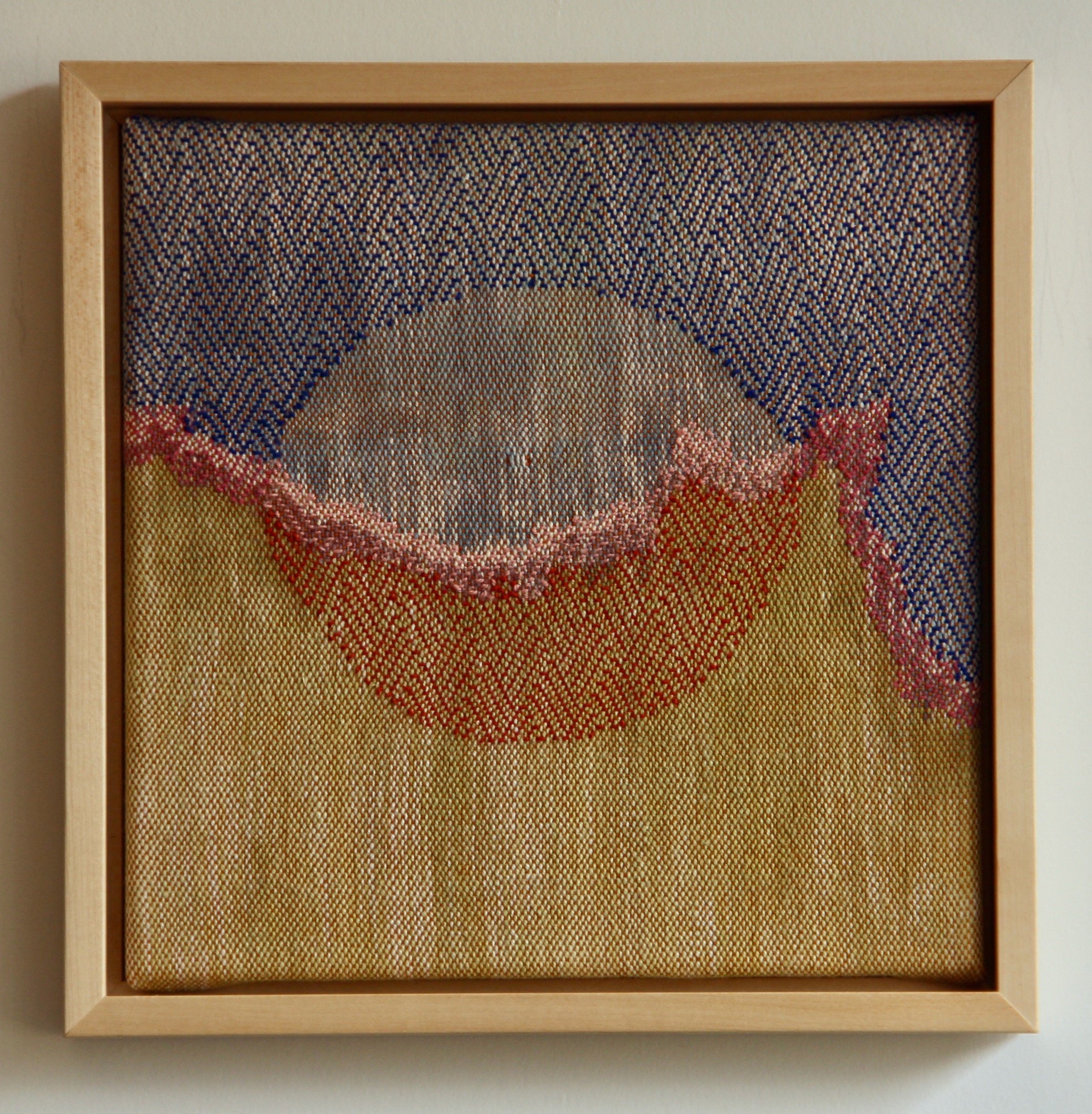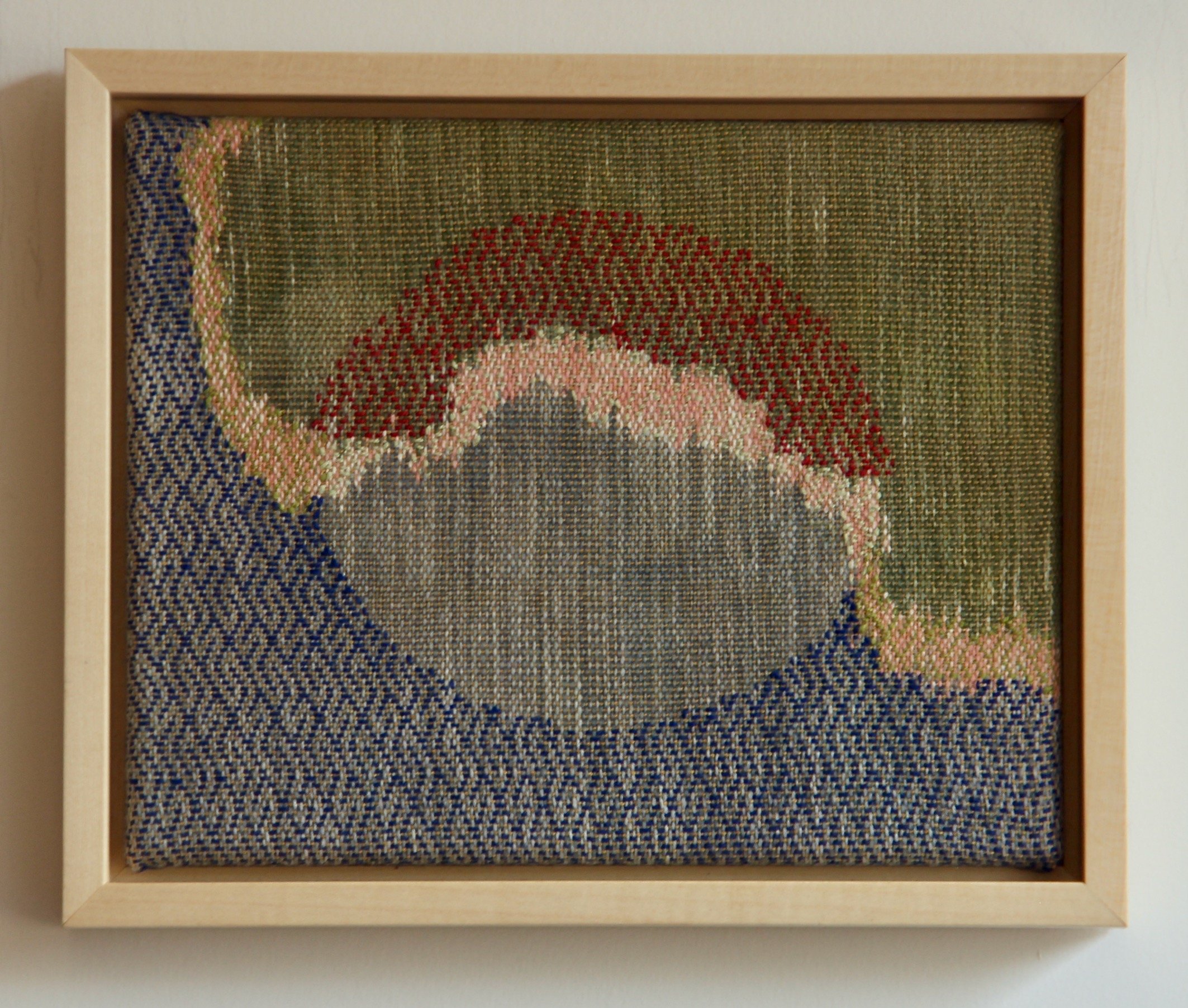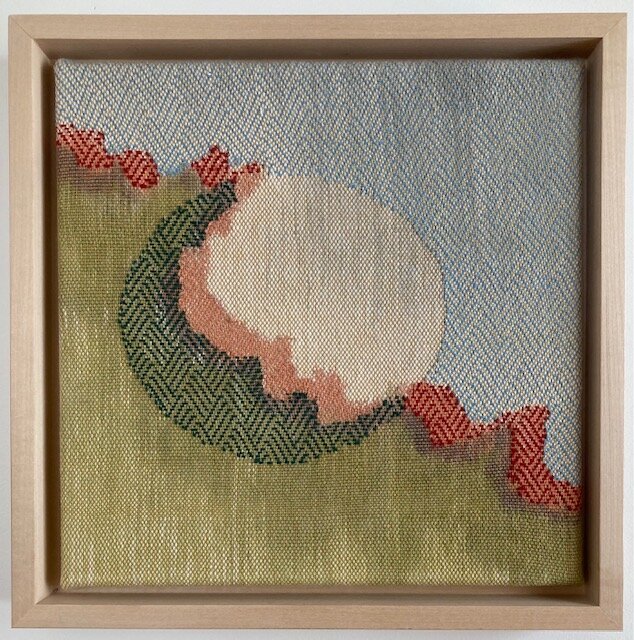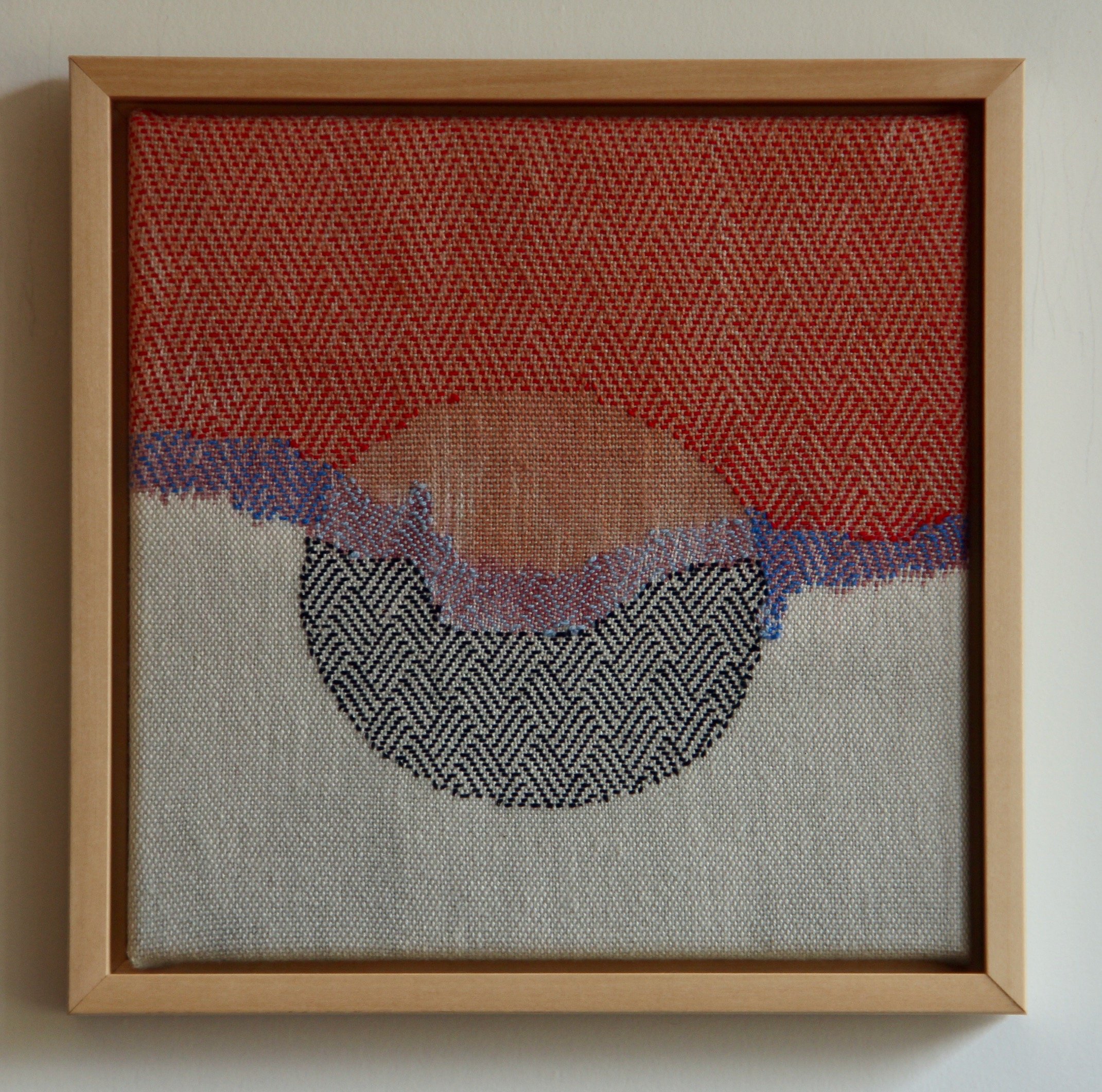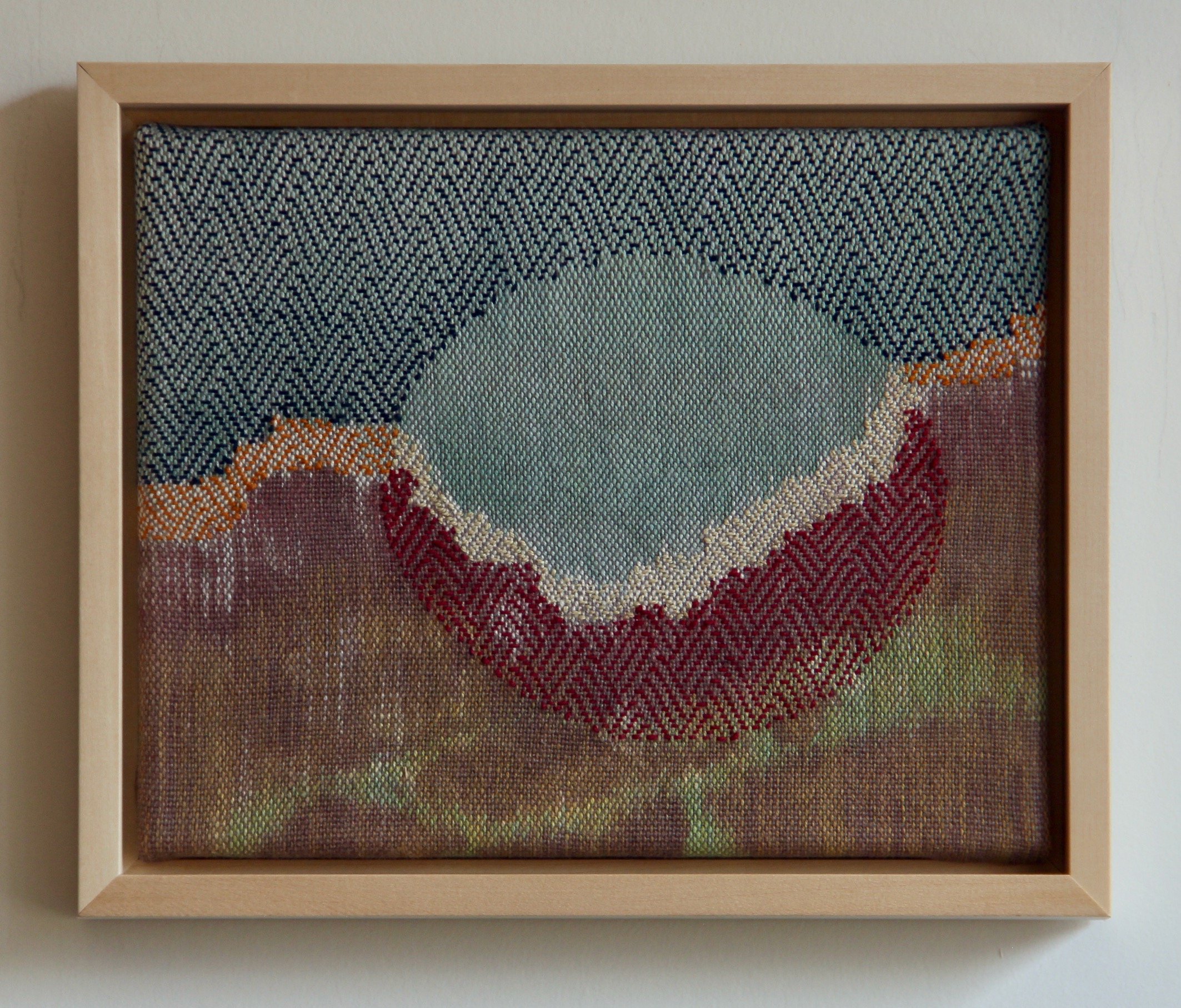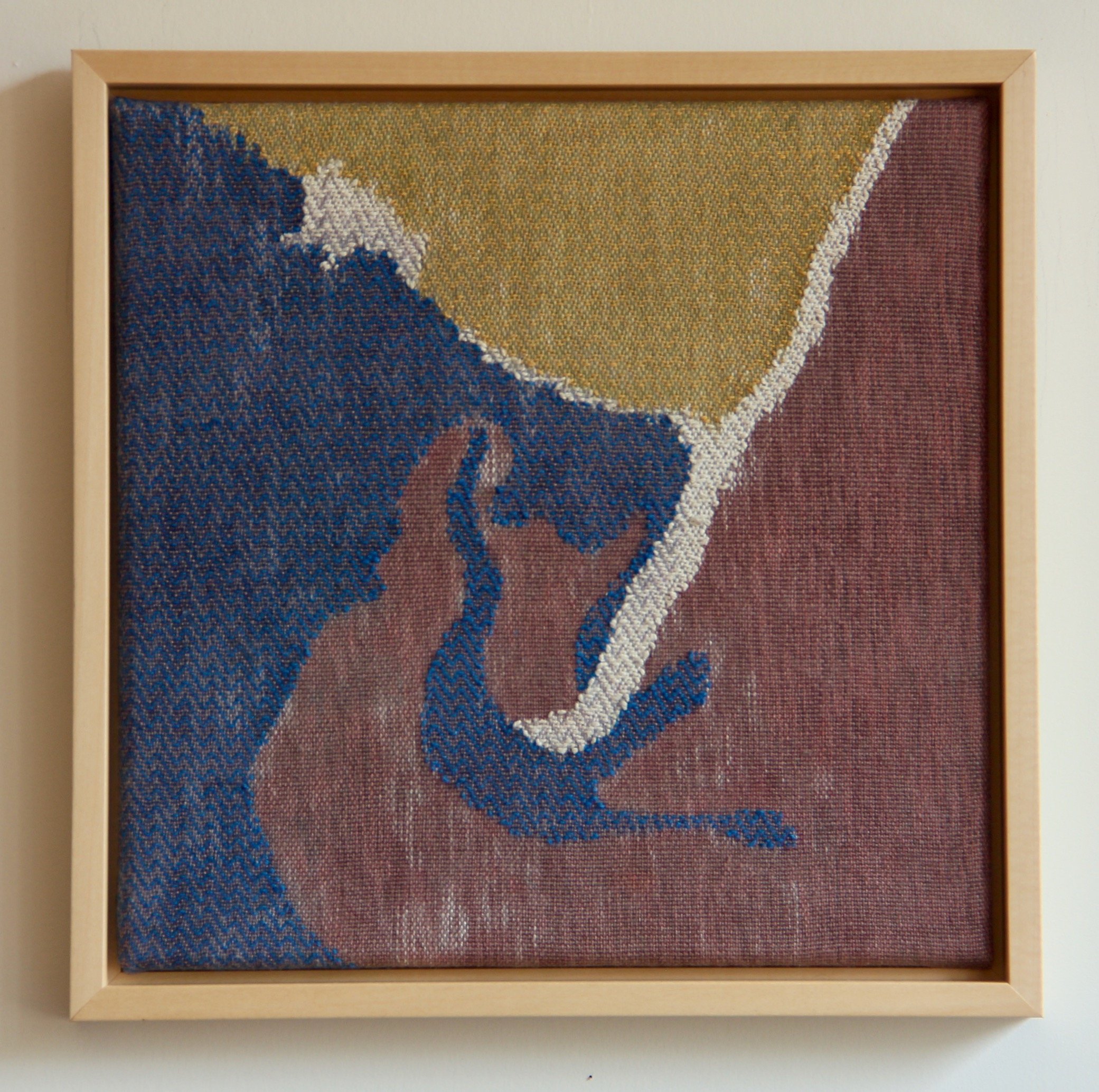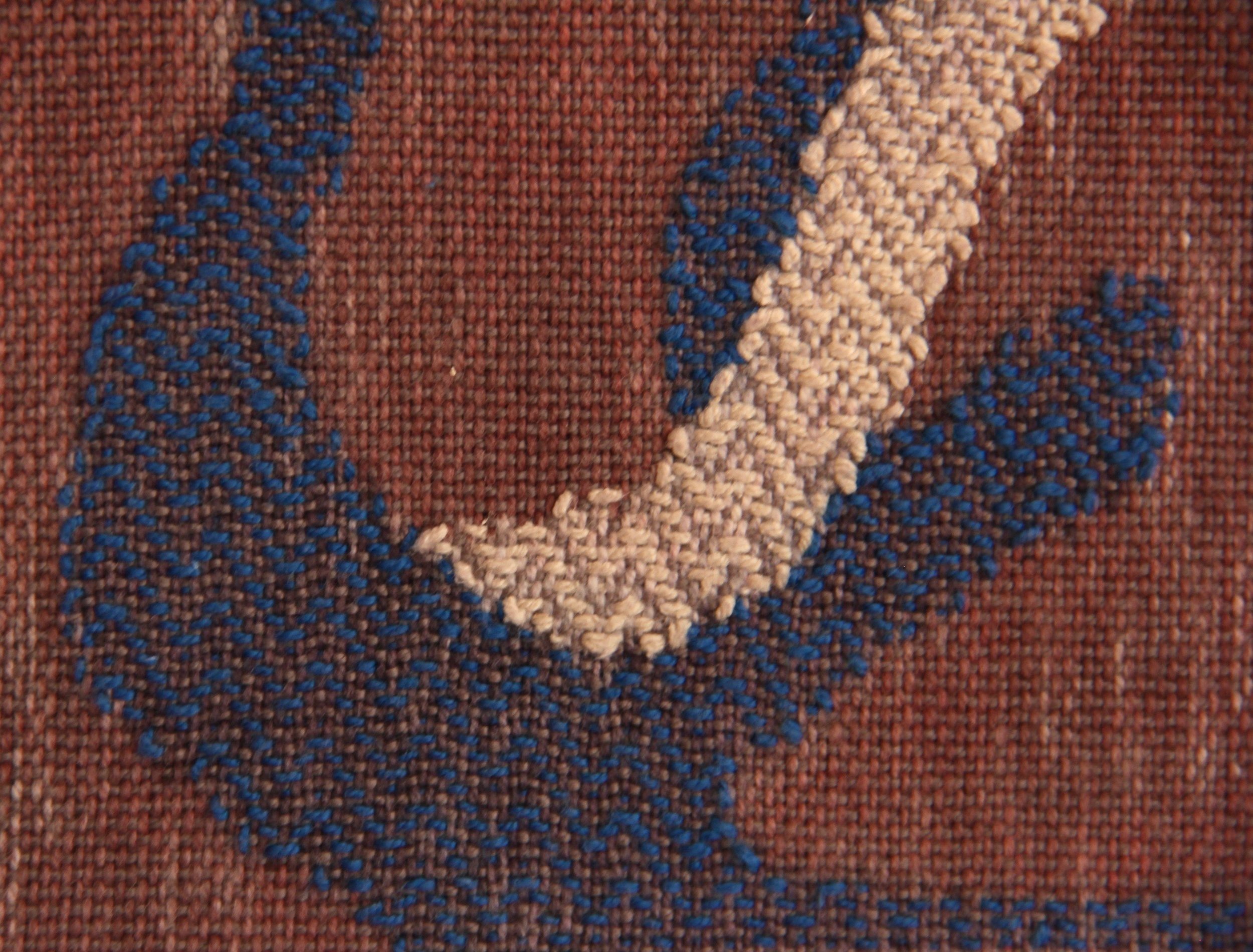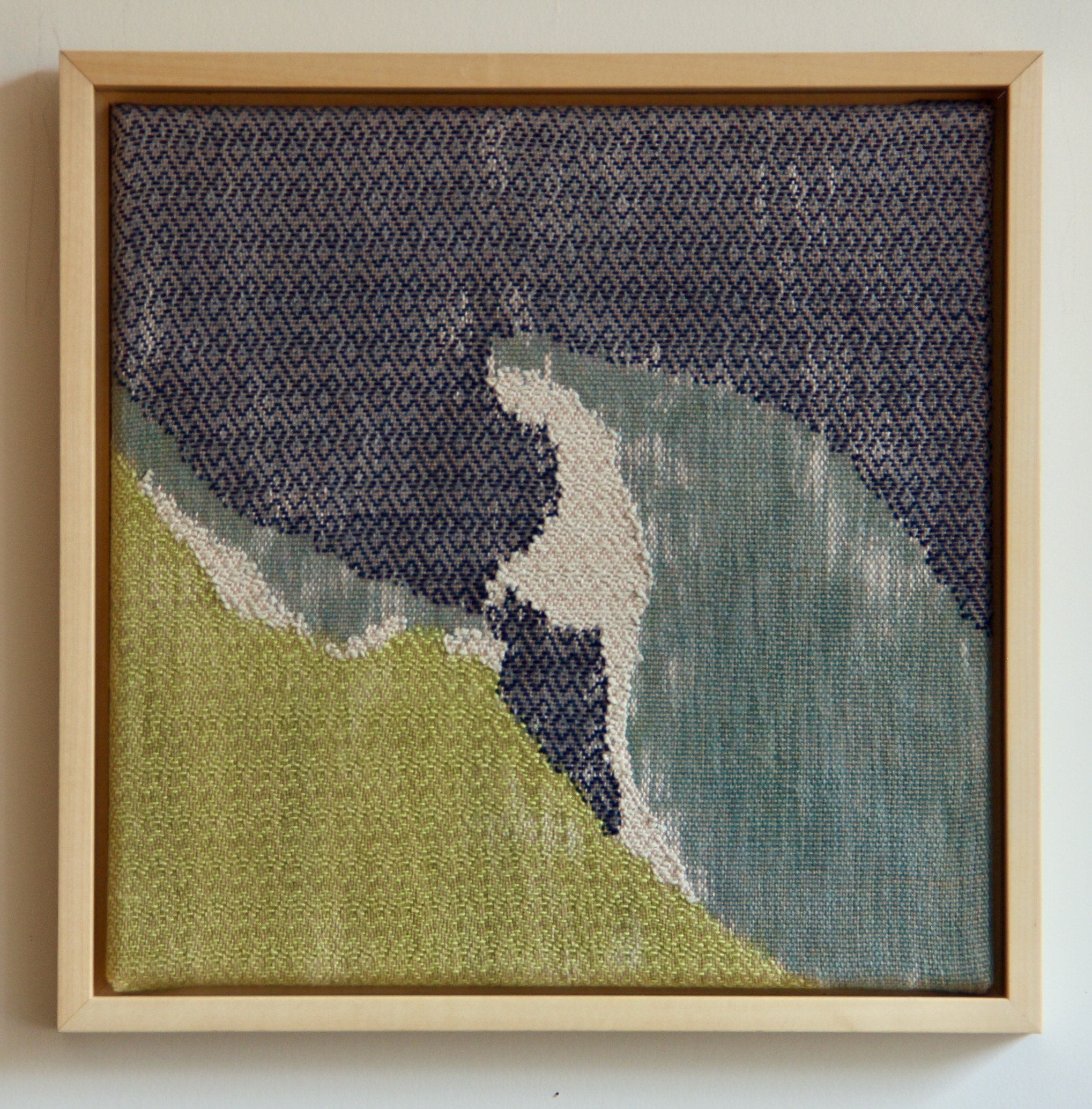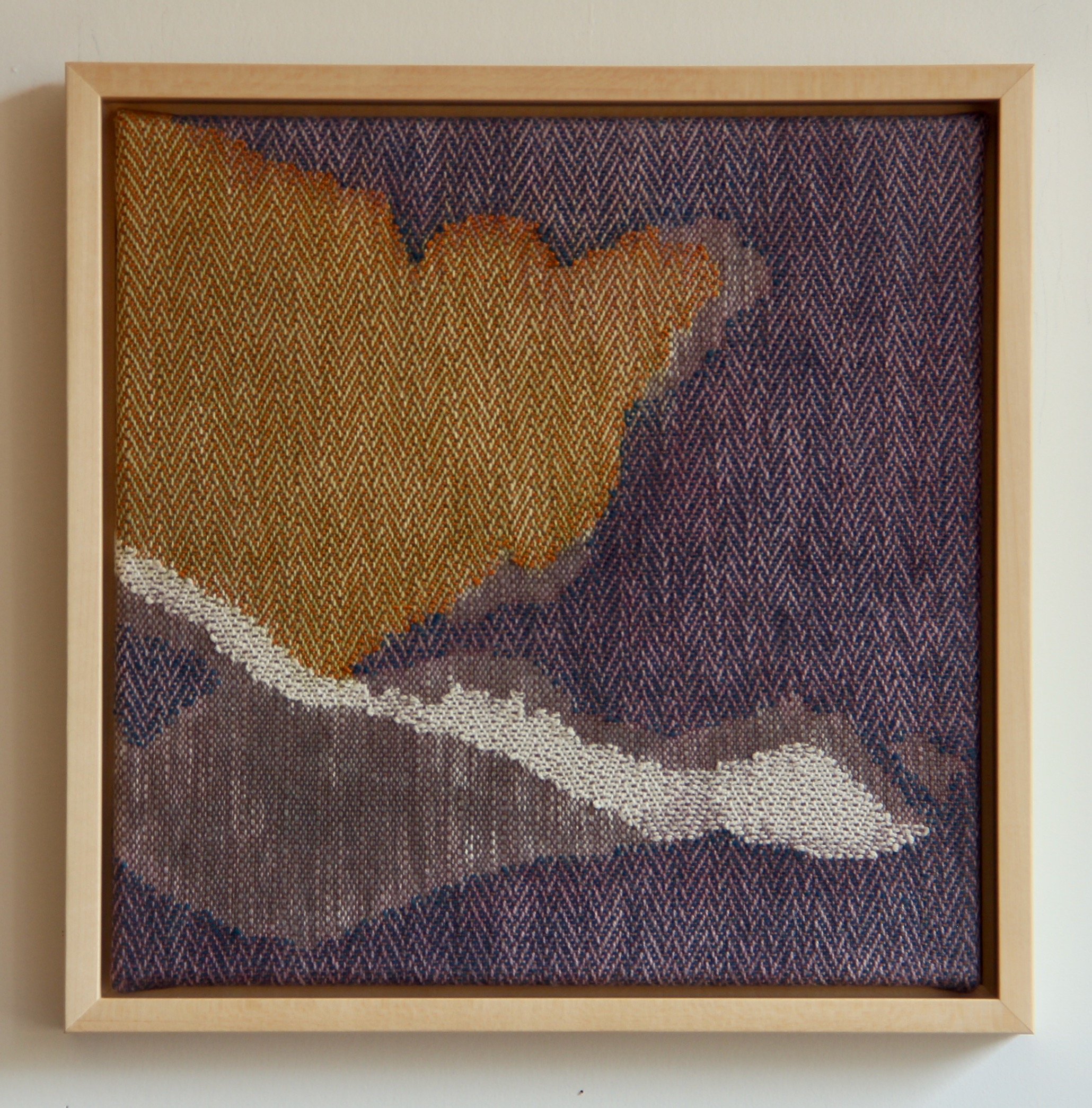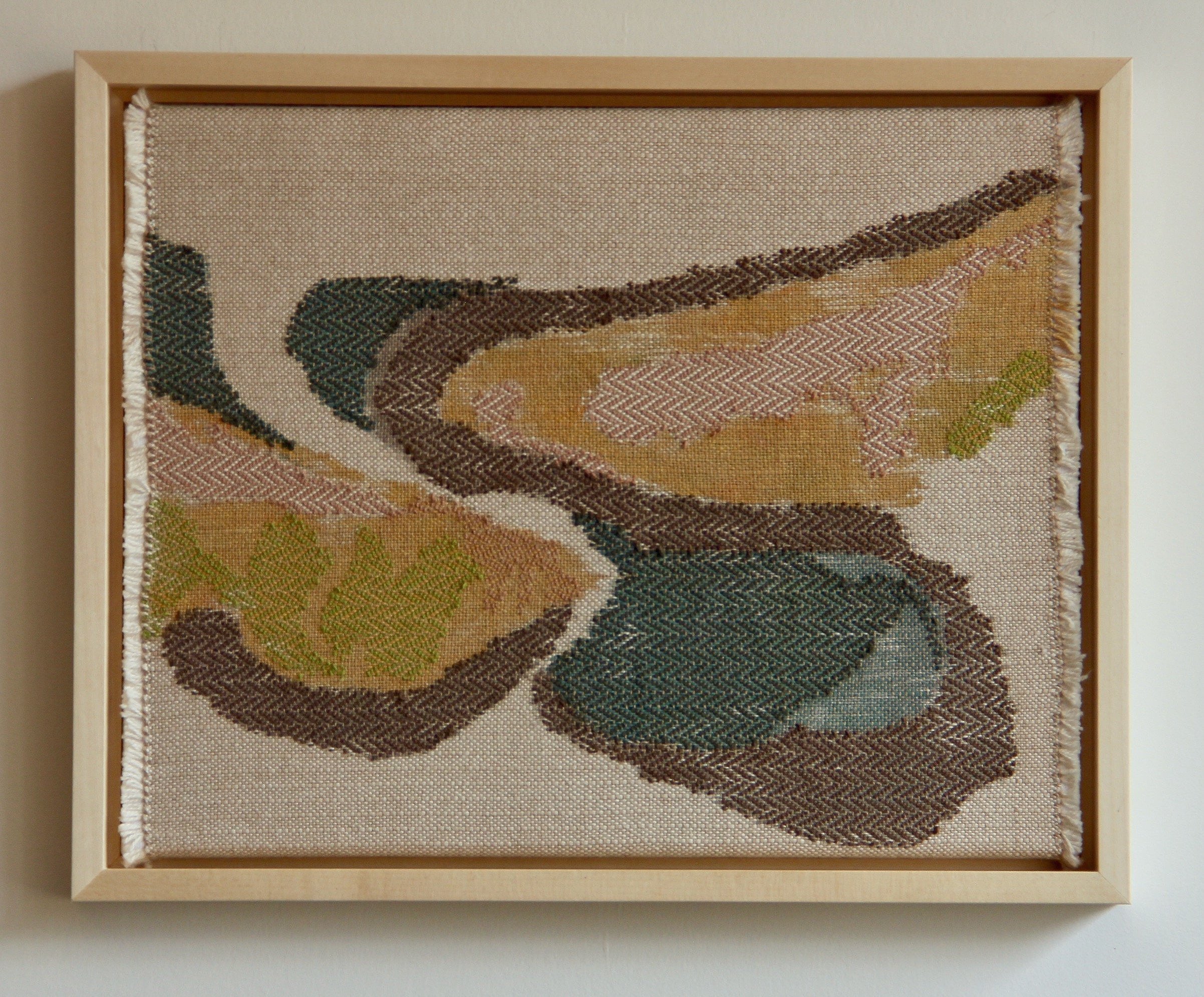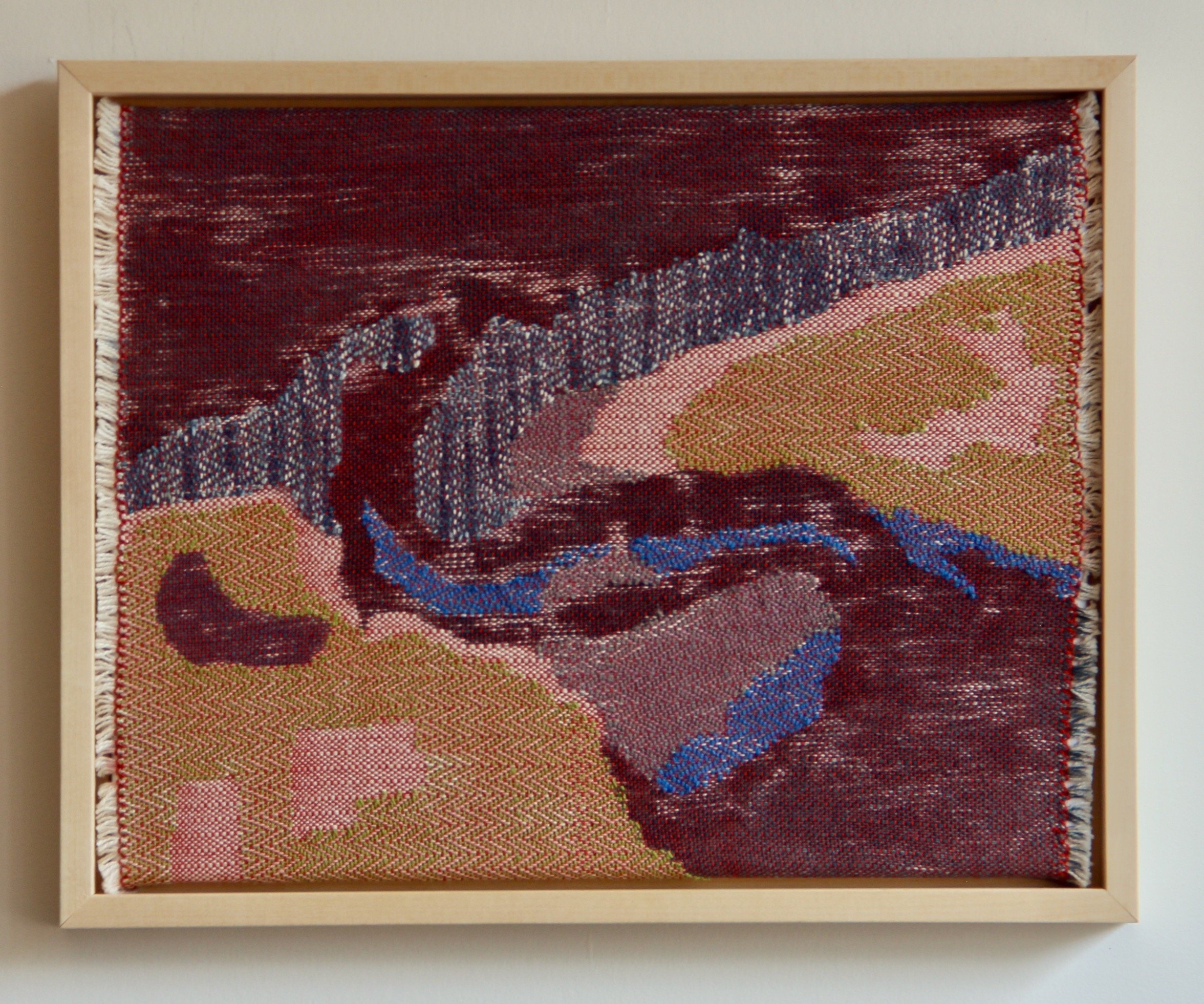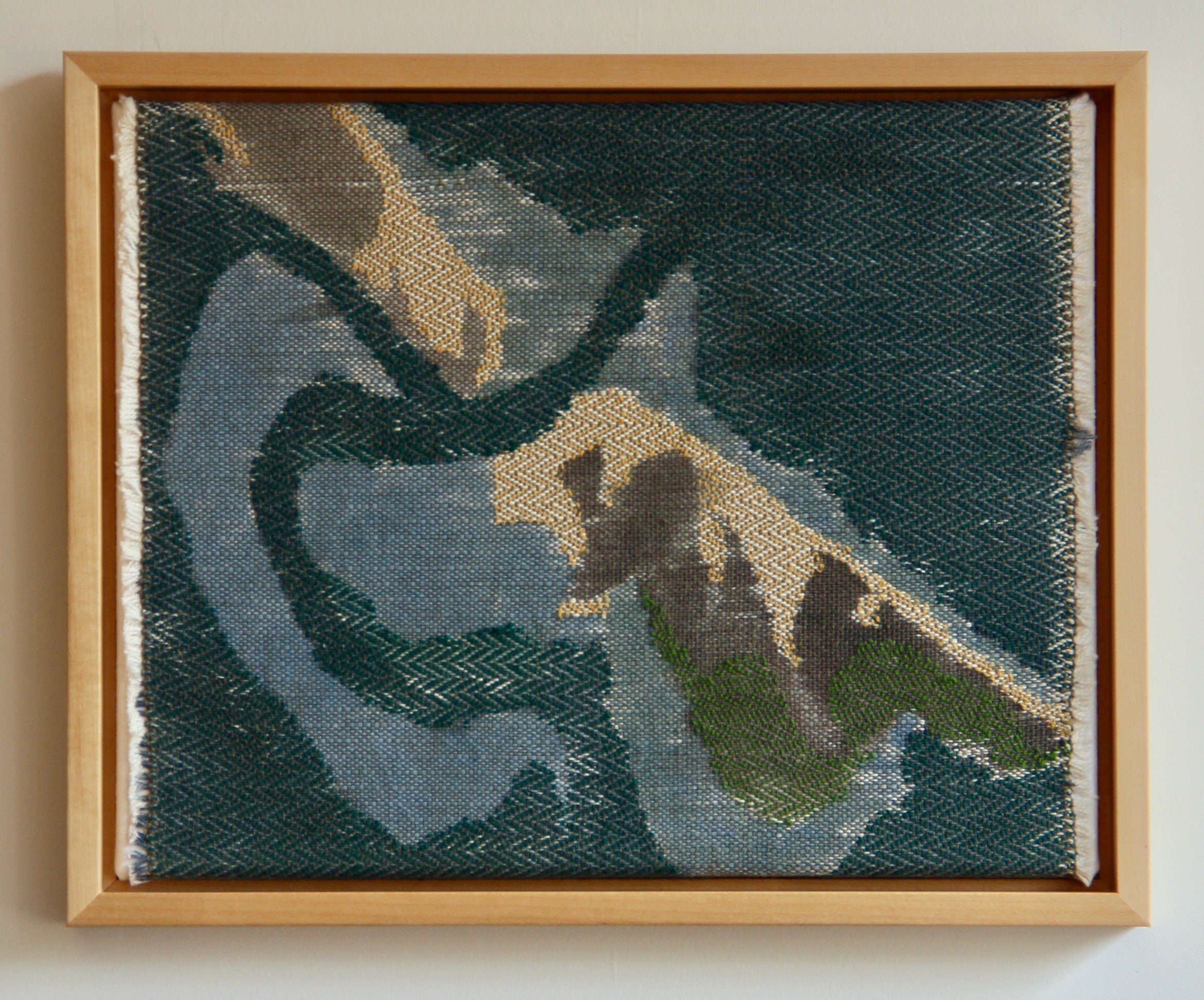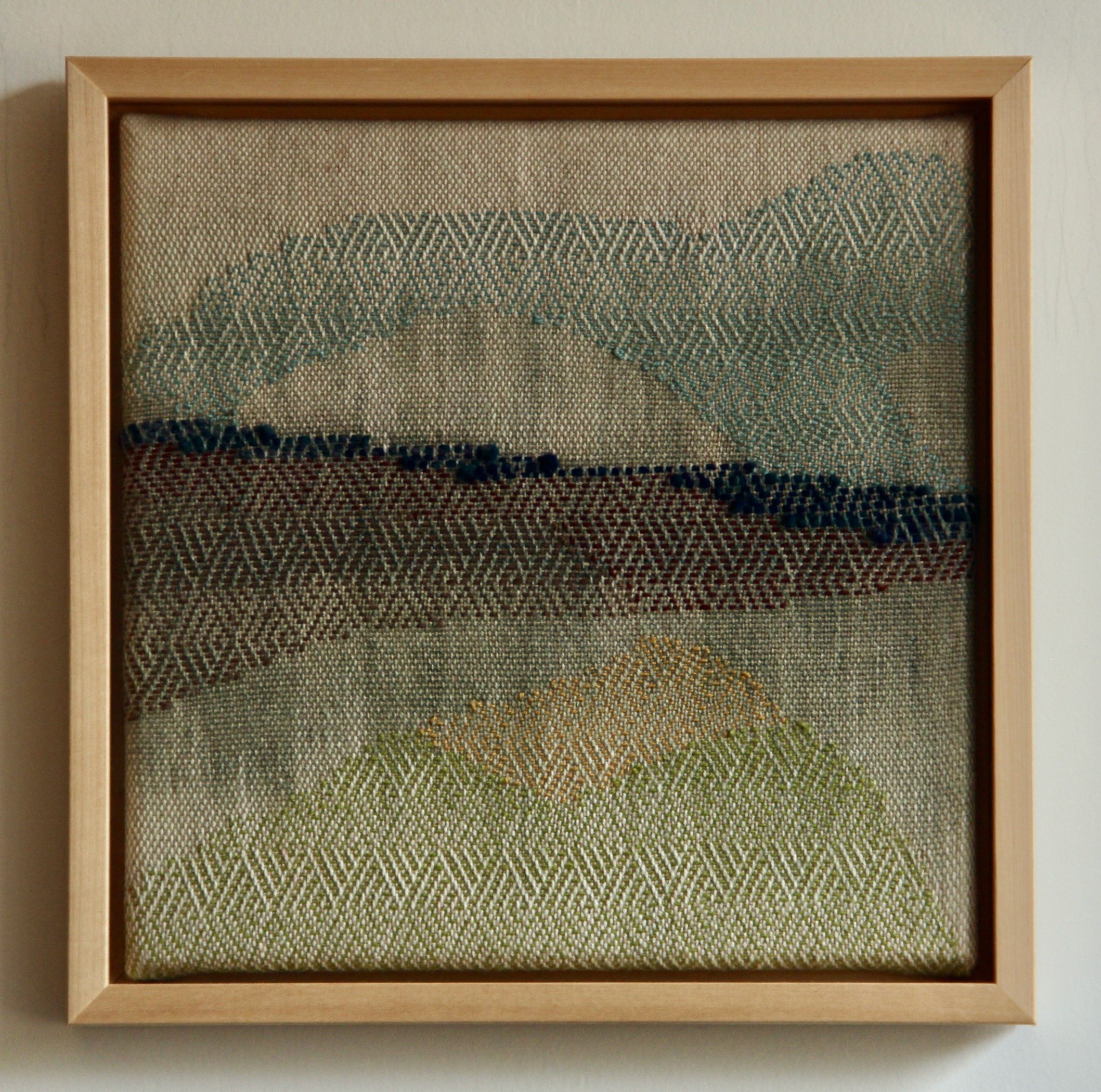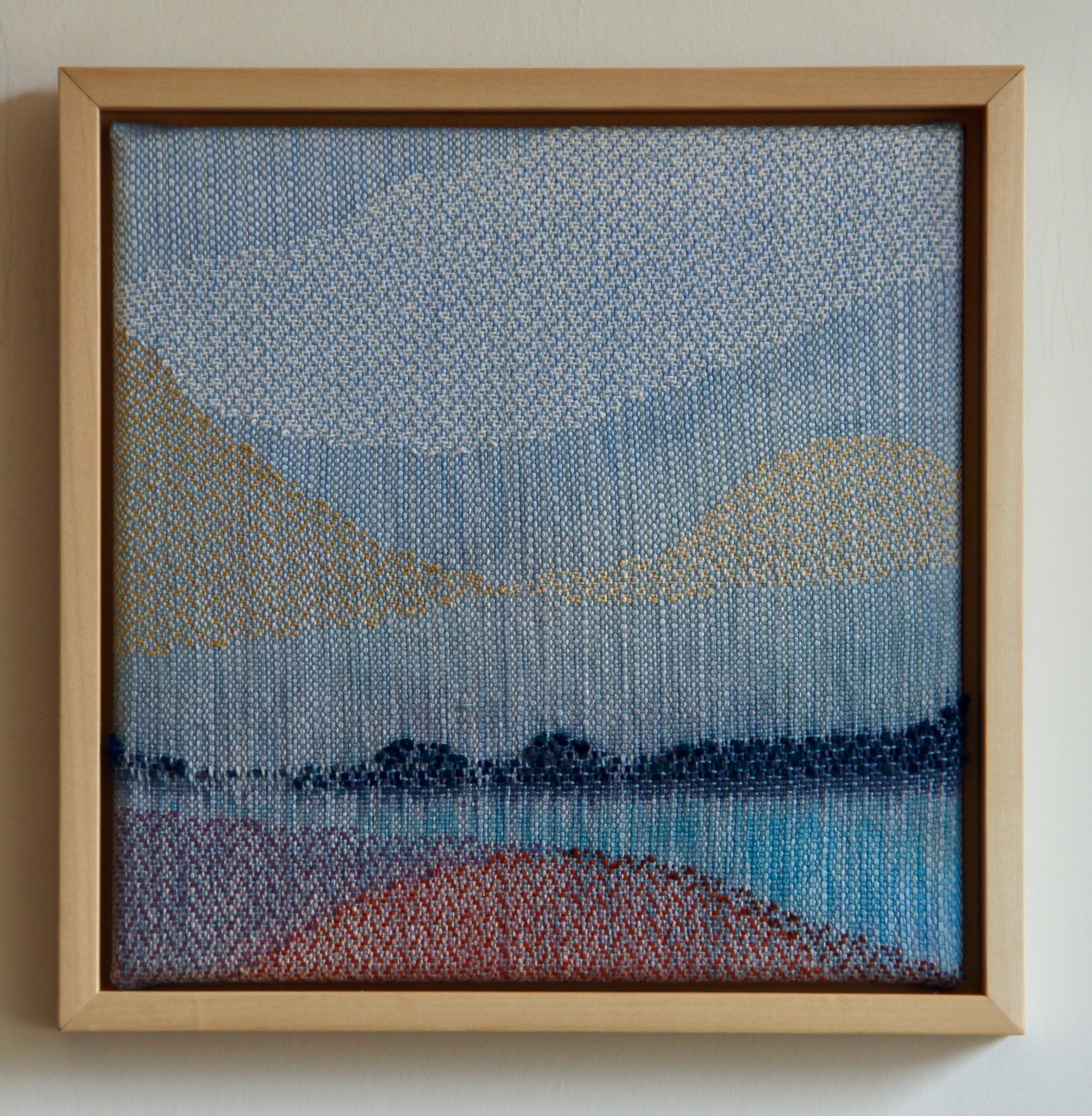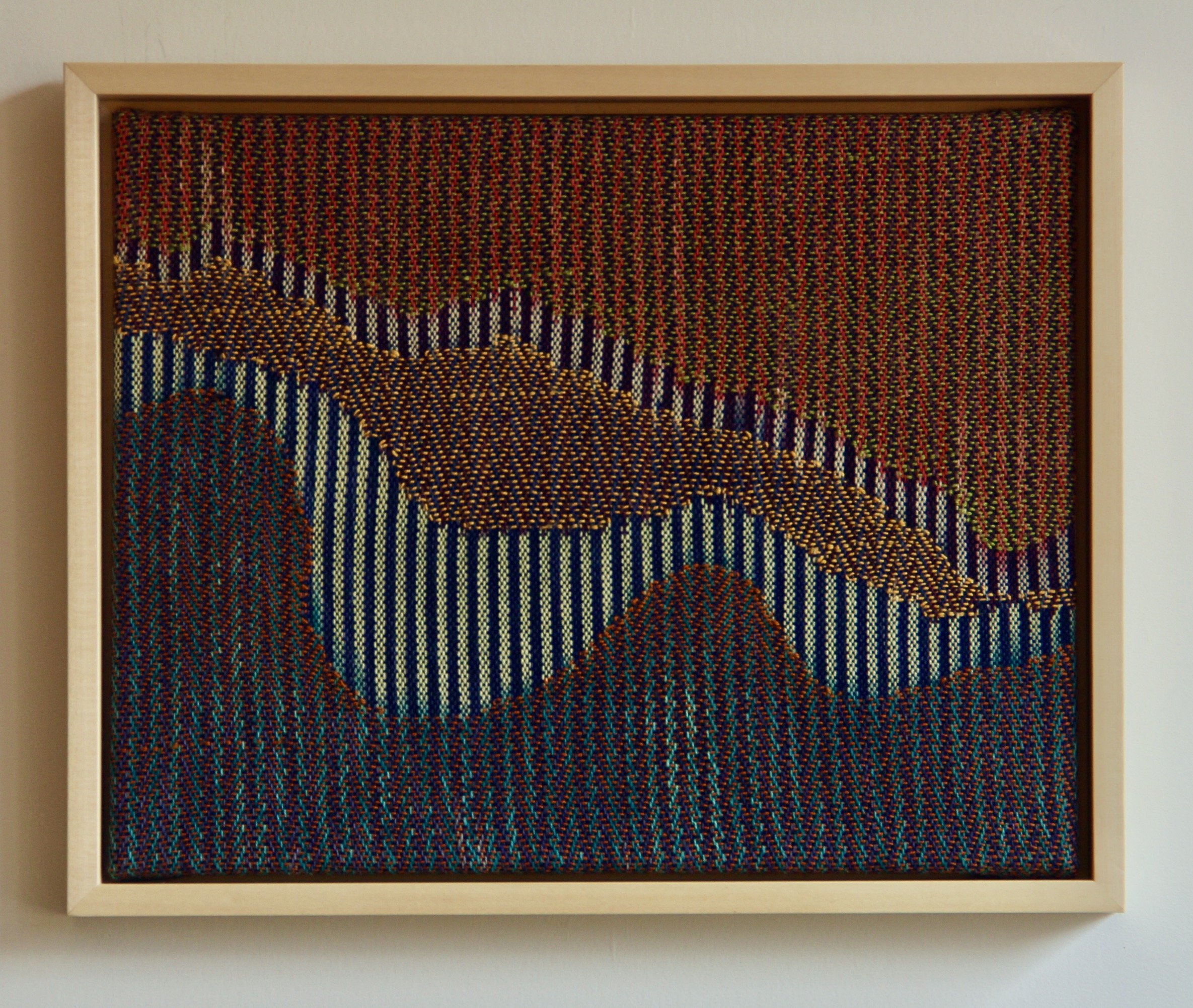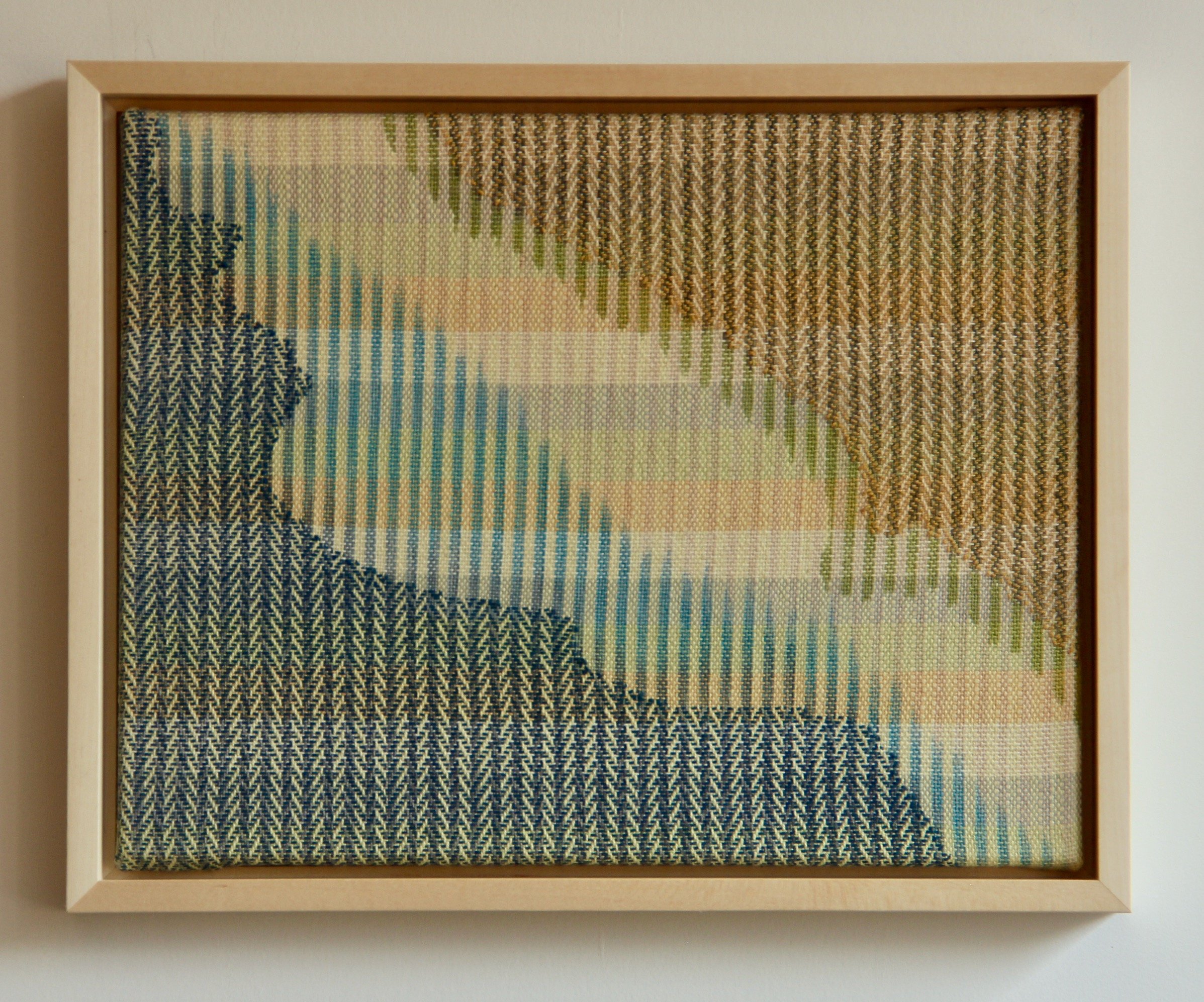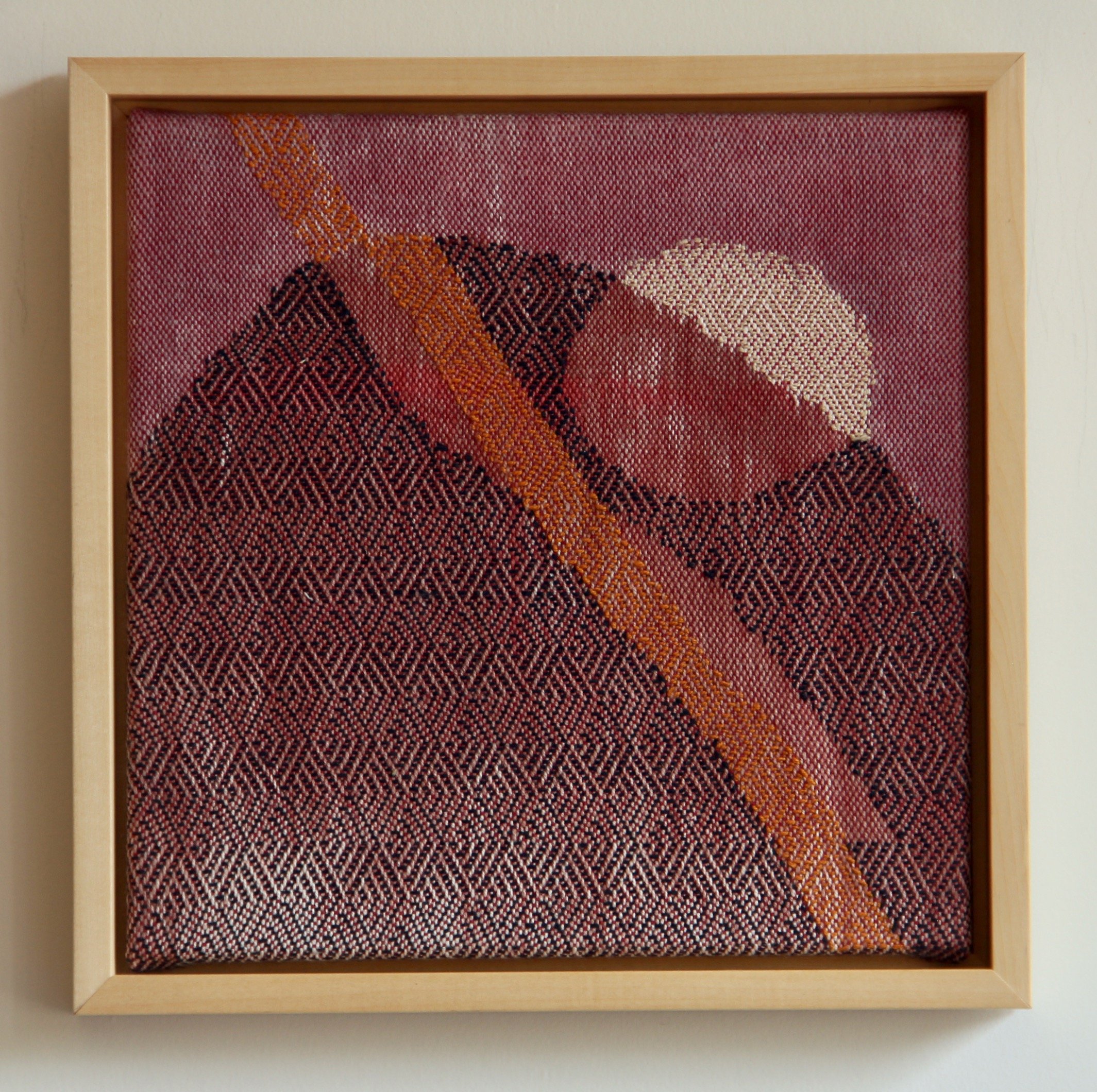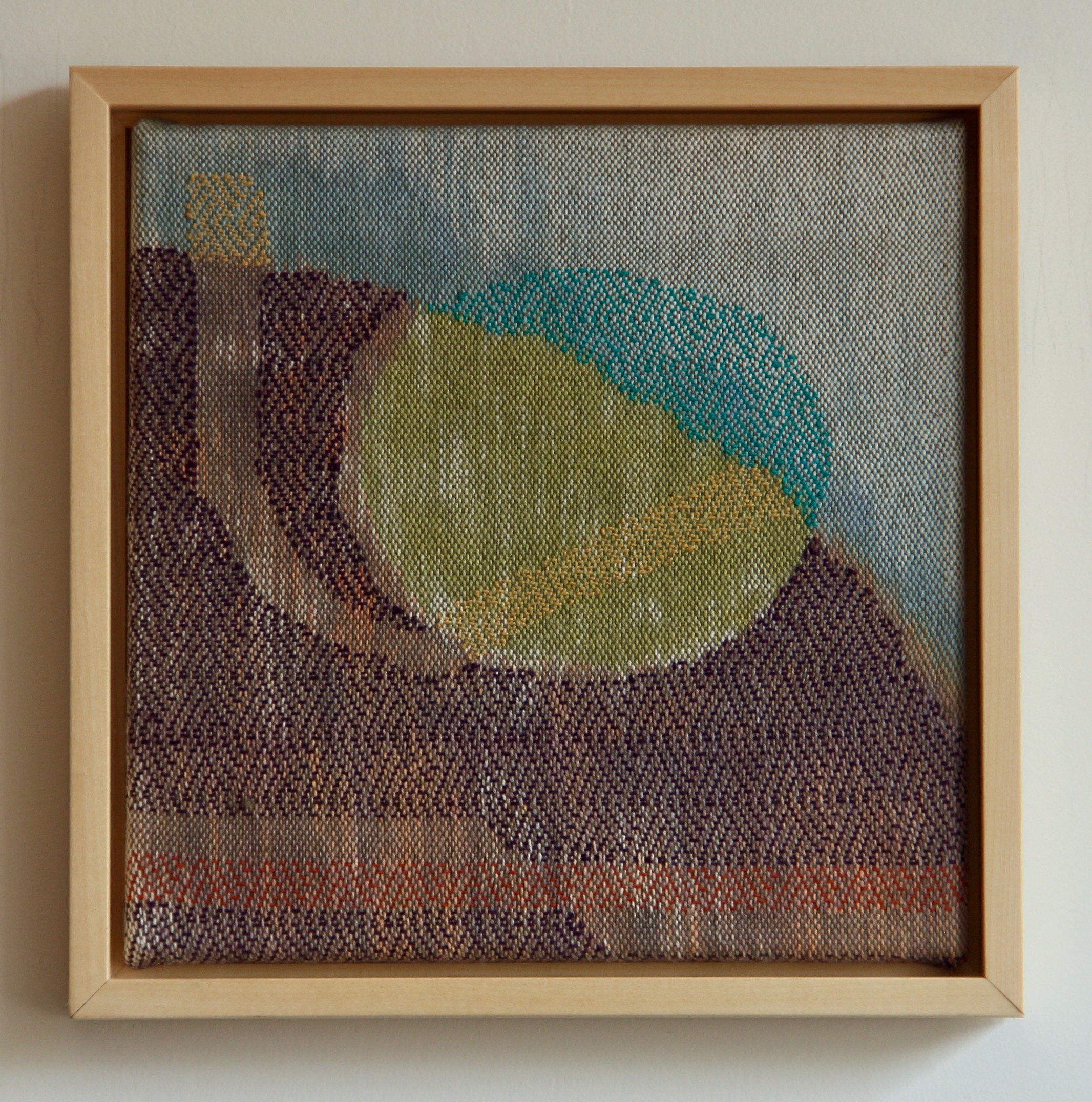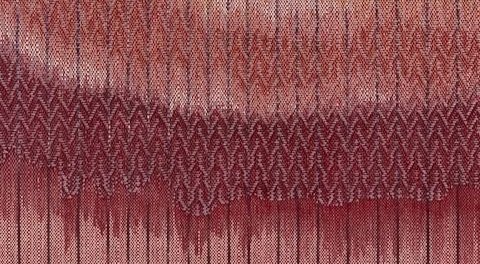
The handwoven textile art of Rilla Marshall charts changes to our fragile coastal landscapes.
maps, topography and liminal spaces are translated through warp and weft.
CURRENT WORK
Meta Weaves
A weaving within a weaving. Various textile processes and techniques build rich colours, textures, and structural layers. Using supplementary weft brocade, secondary woven structures are created while on the loom. All warp and weft yarns (cotton and linen) are dyed before weaving, using local plant colour foraged from my immediate environment such as goldenrod, apple tree bark, and butternuts; as well as natural dyes from further afield.
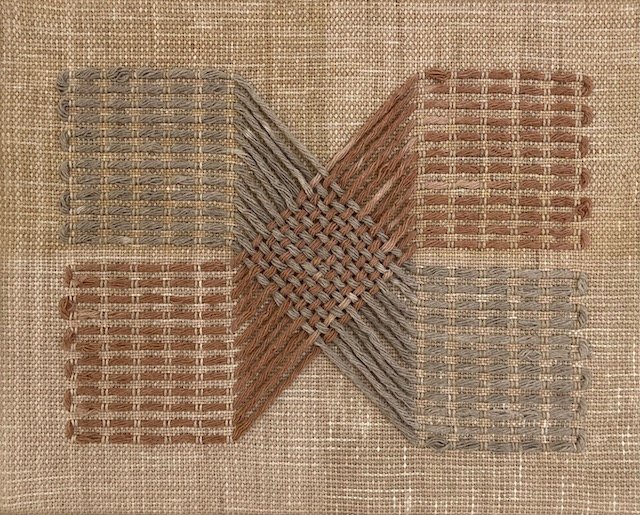
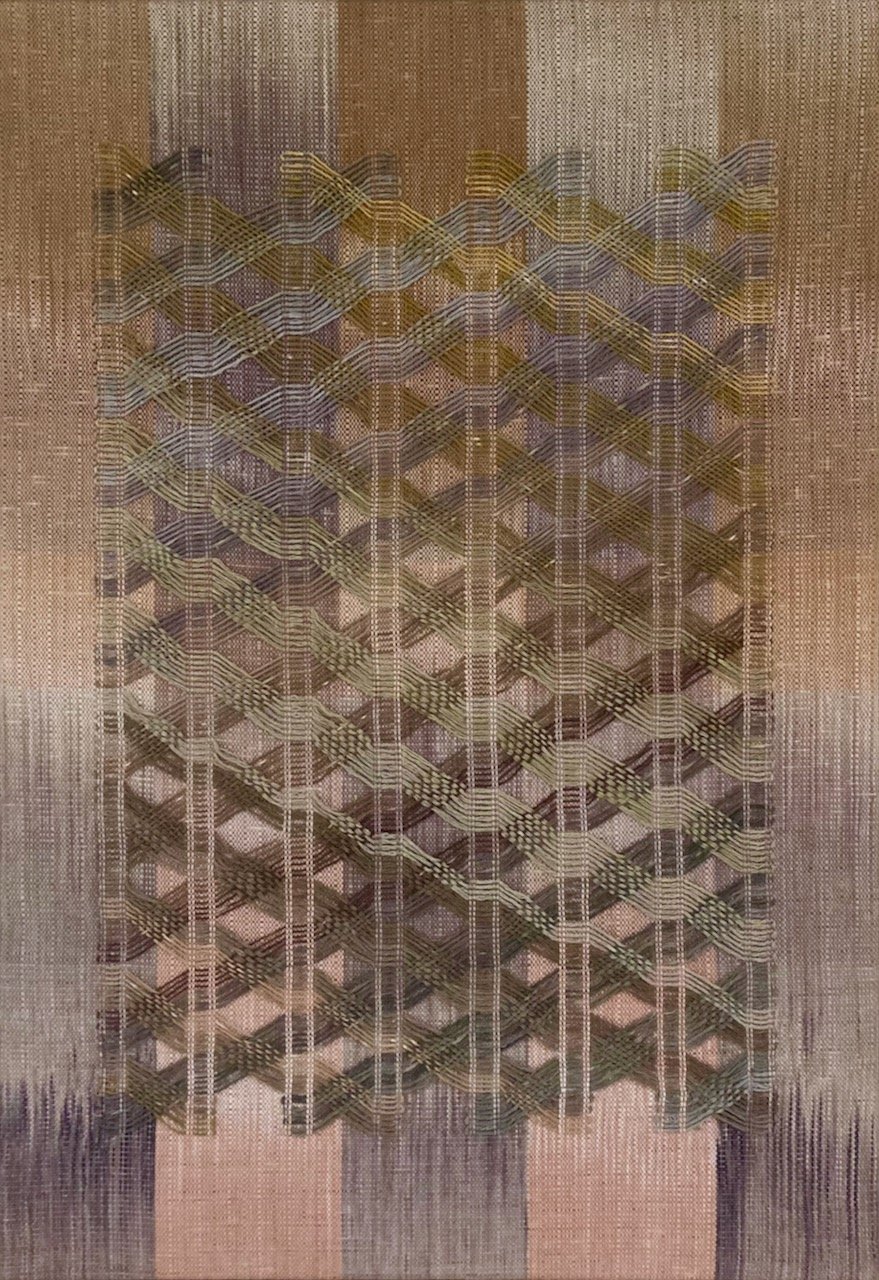

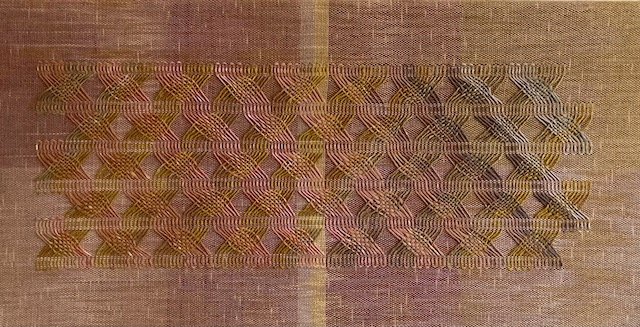
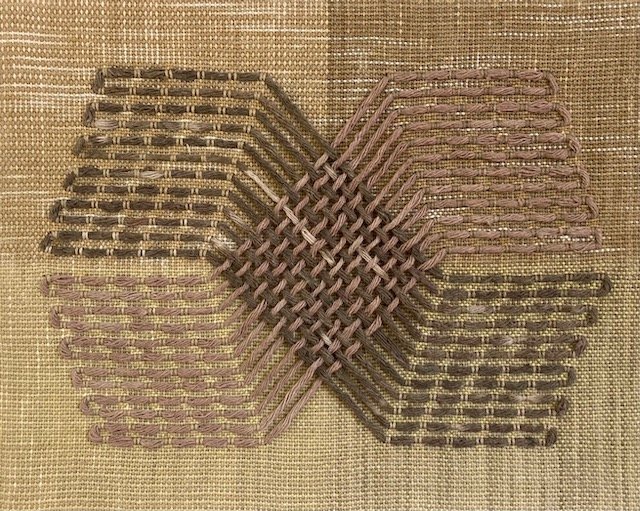
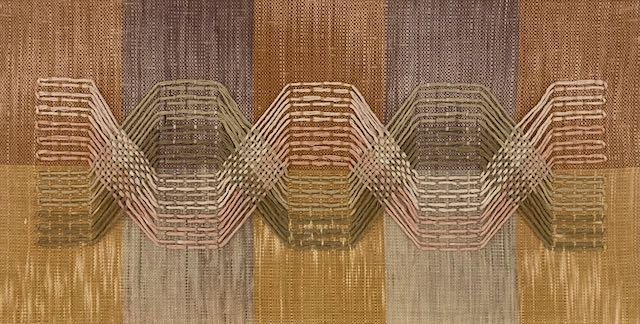
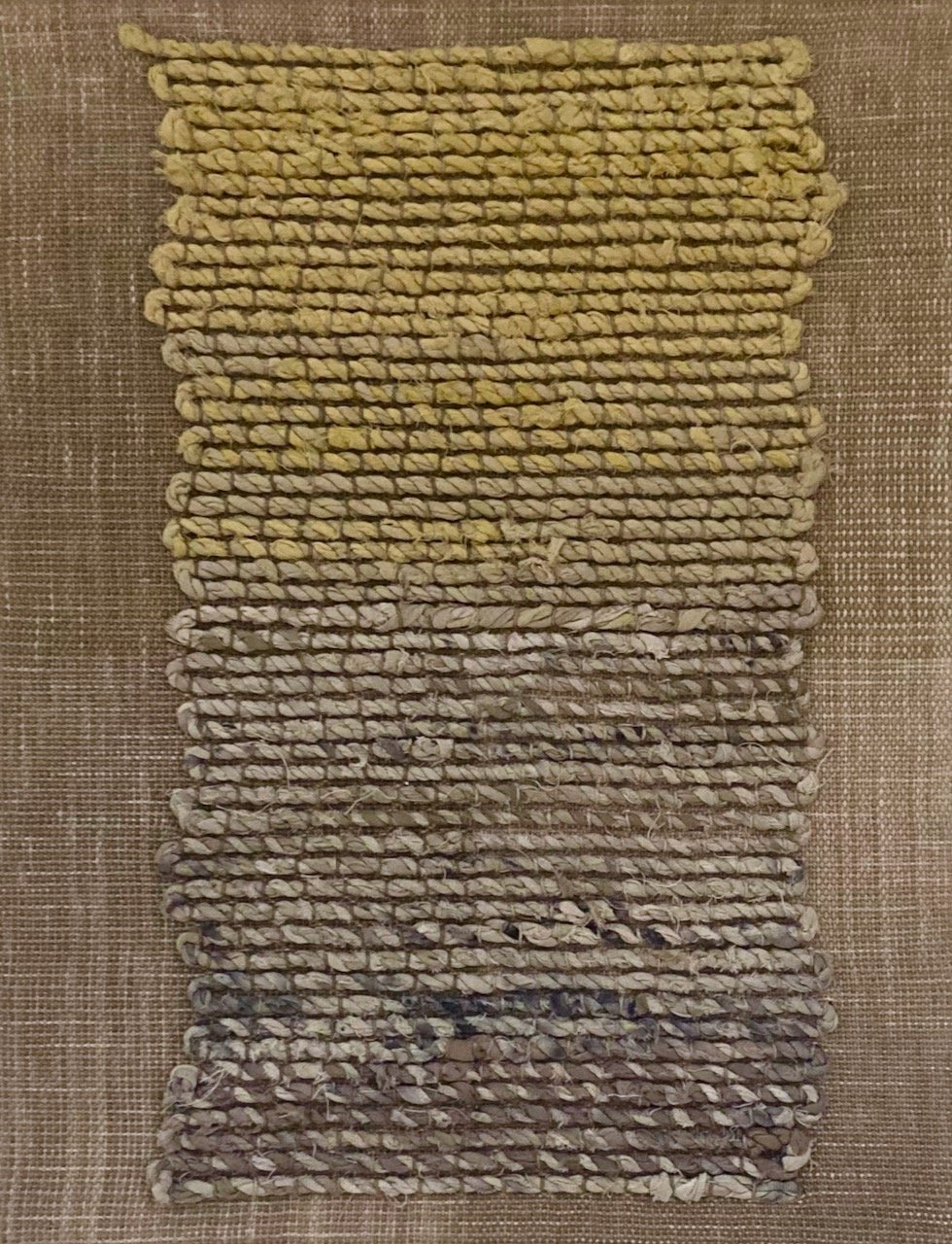
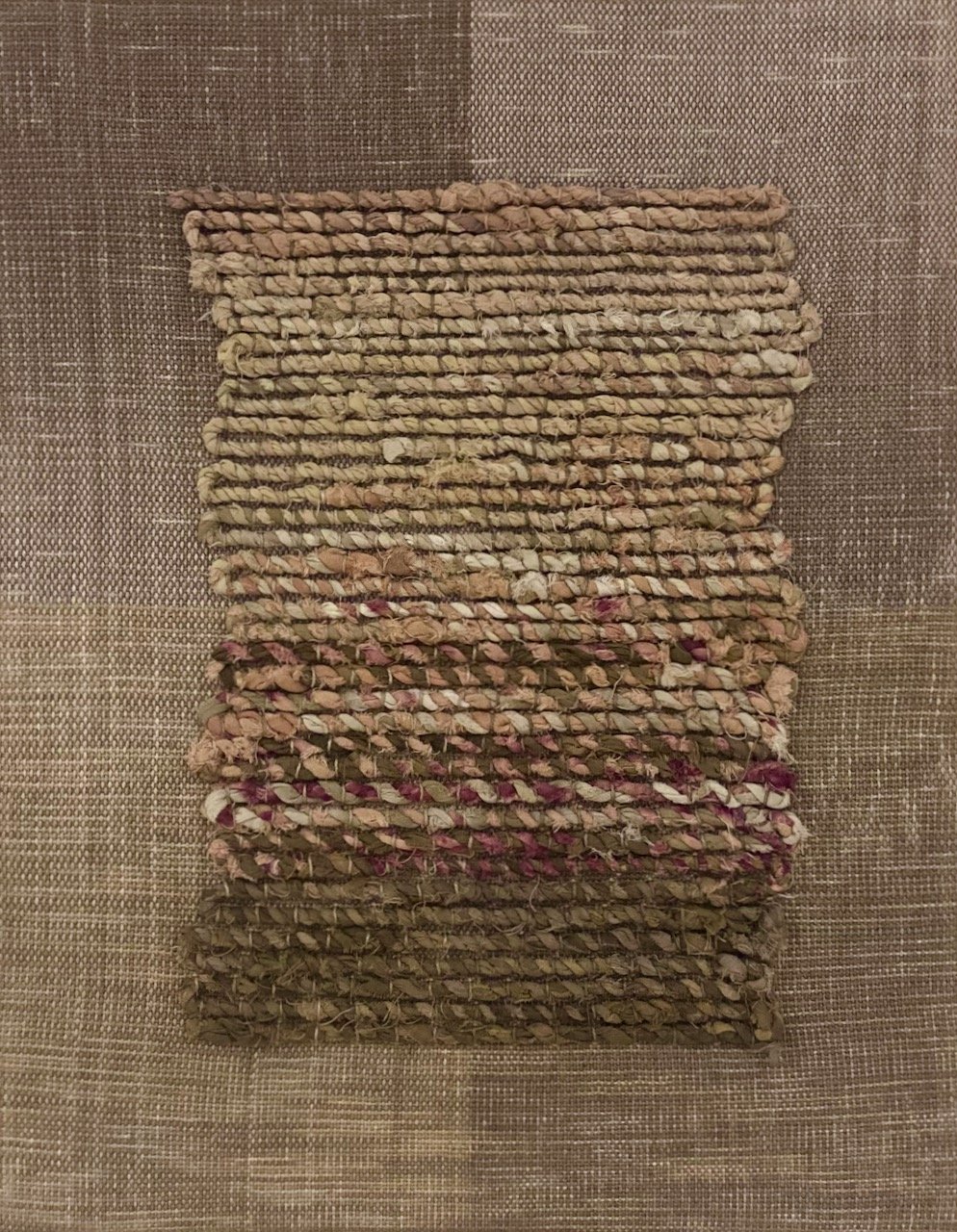
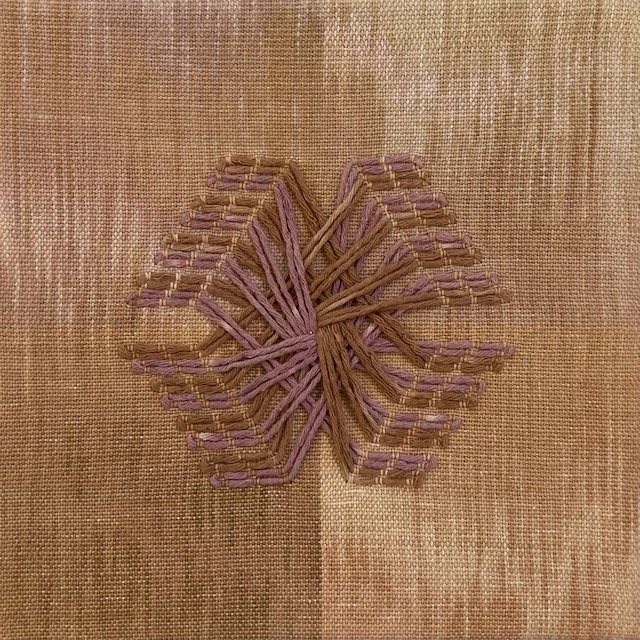
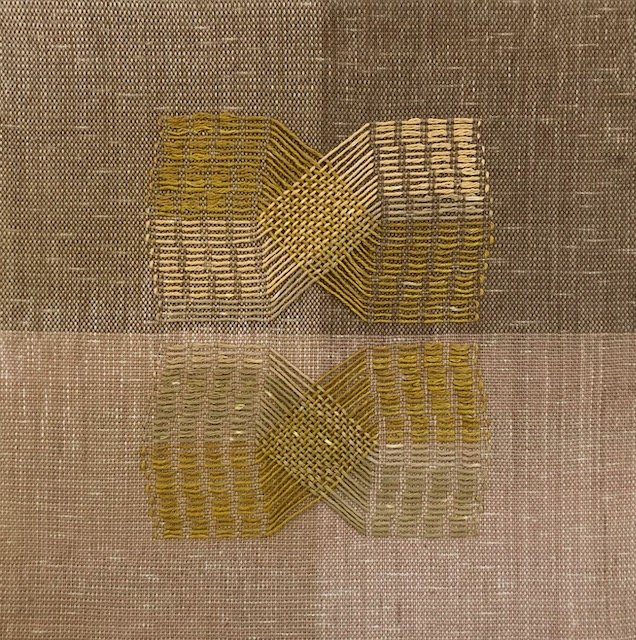
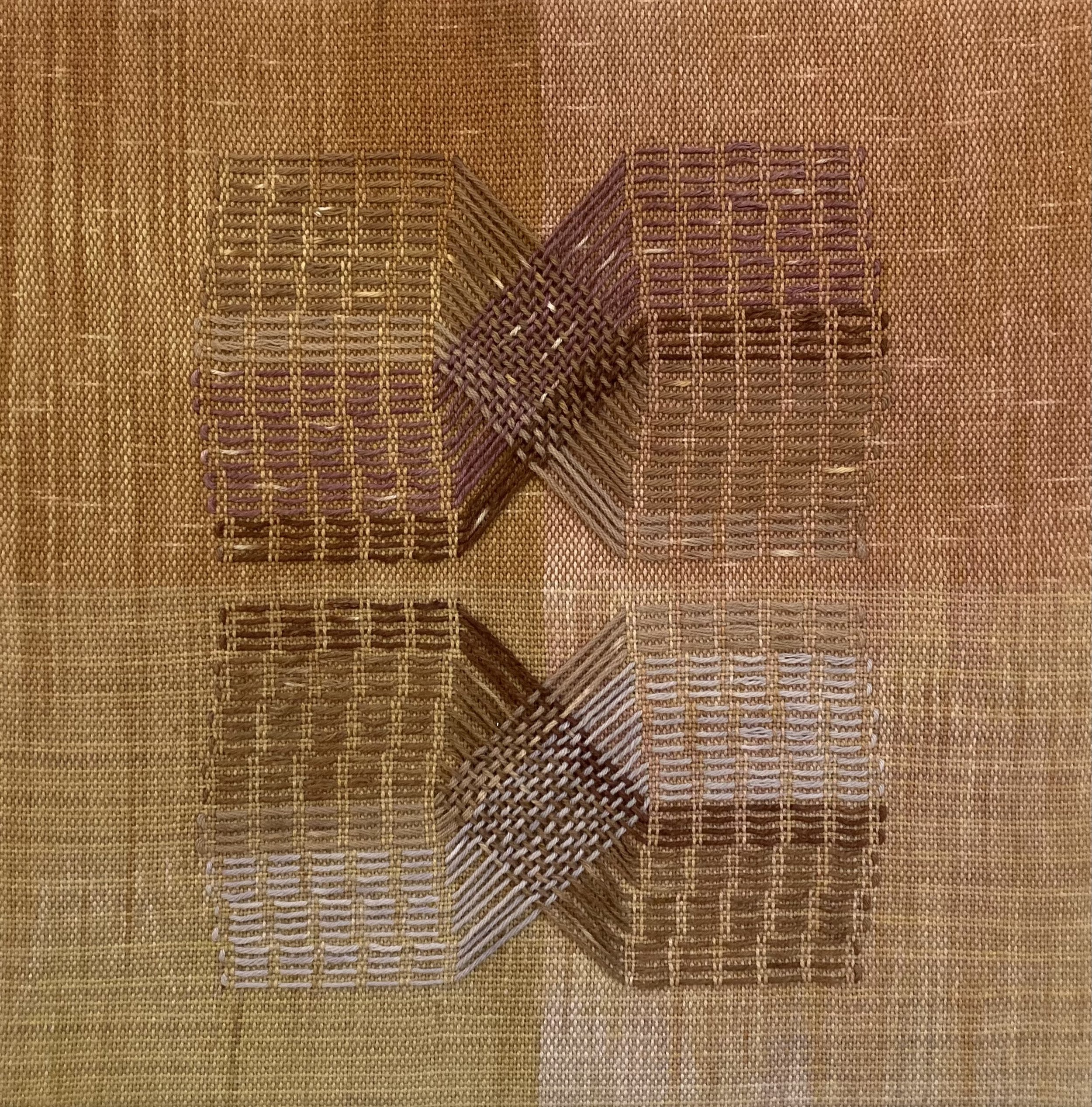
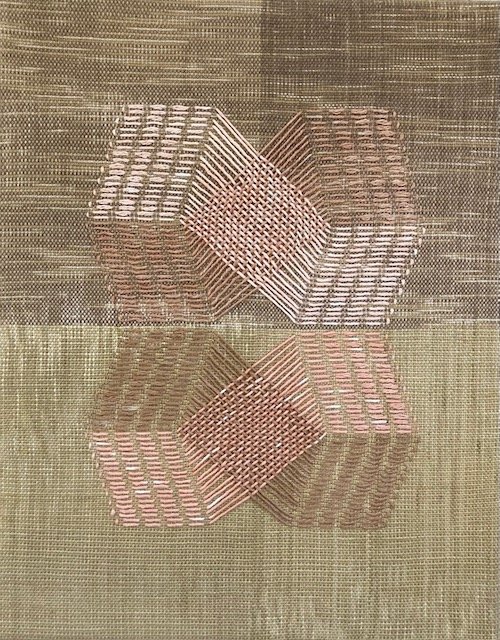


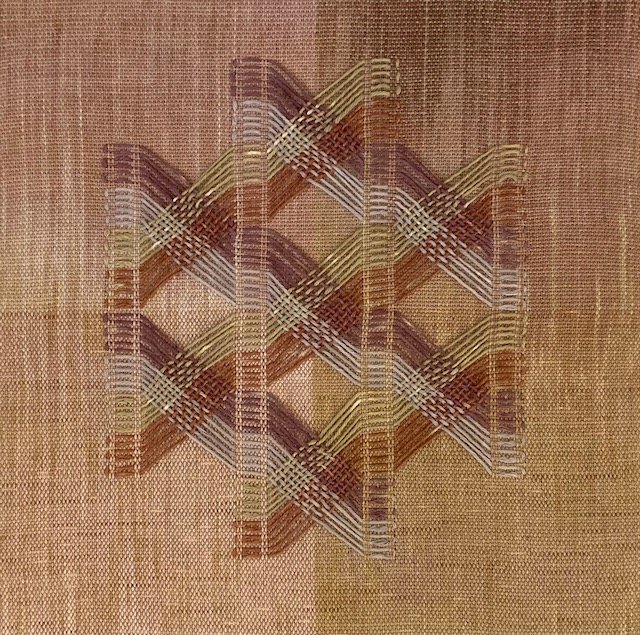
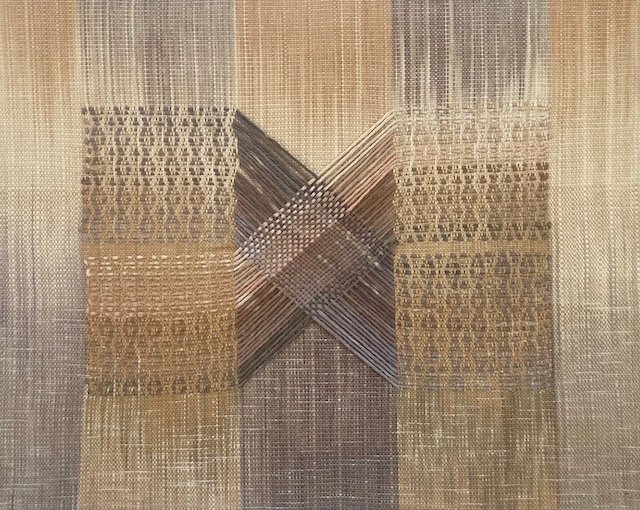
Plant materials, foraged and found
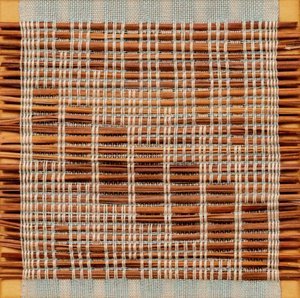


Line Studies
Experimental play using the geometry of the woven grid to create liminal space through line, pattern, and colour.
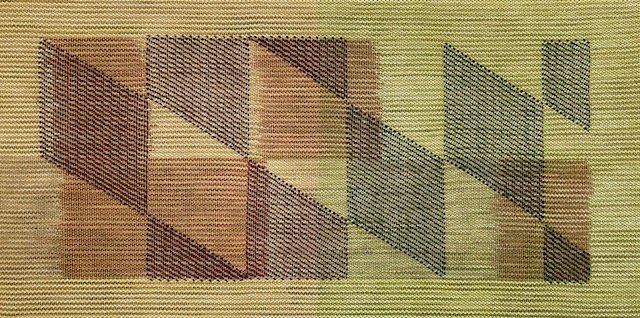
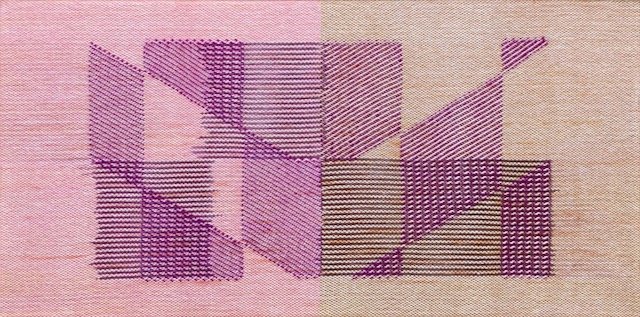
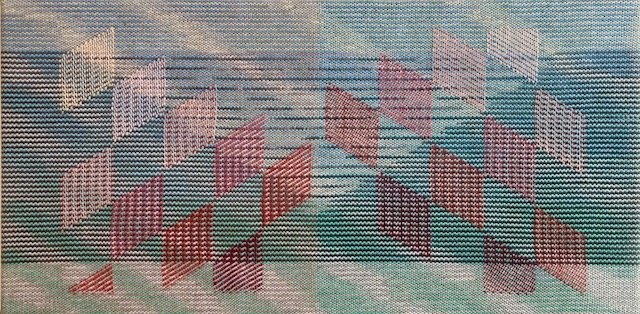
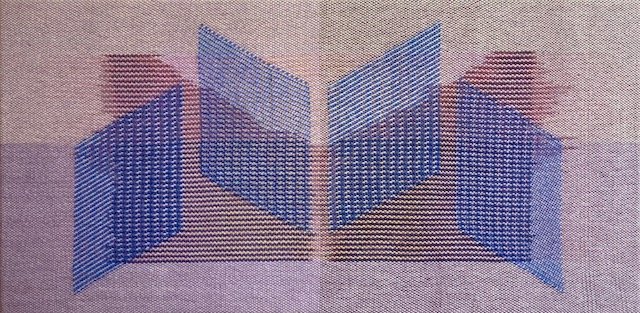
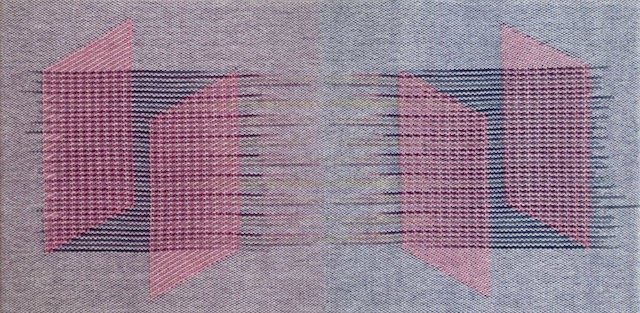
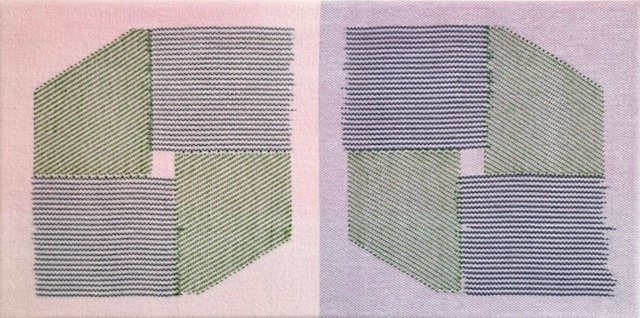
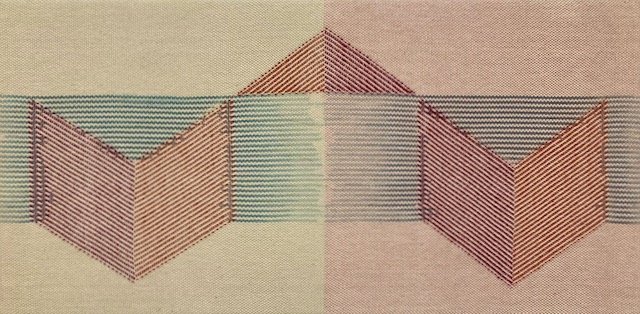

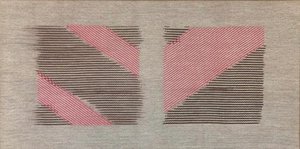
Collect 2024:
Taking place in London from February 28 to March 3, 2024, Collect Art Fair UK is a pinnacle event for contemporary fine craft and design. Craft Council UK’s commitment to showcasing innovation in process, materials, and techniques has made Collect the foremost exhibition of its kind globally. I am honoured to have ten of my woven works selected by Craft Alliance Atlantic to take part in the exhibition “HERE & NOW: Collected Works from Canada’s Atlantic Coast”, along with 17 other Atlantic Canadian craft artists. Link to more information about this exhibition HERE.






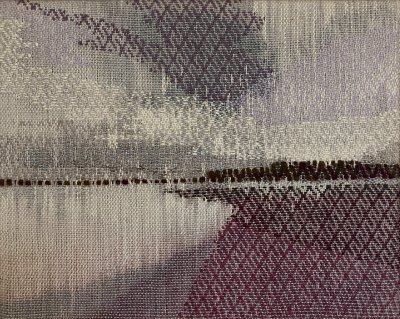
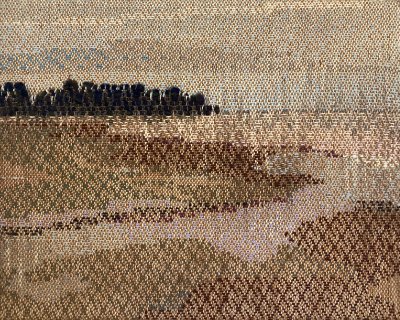


Shift
“Shift” highlights alterations to shorelines in the wake of changing climate patterns by interpreting coastal geographies through the woven grid. Pulling visual cues from the data that monitors these changes, this body of work is based on an archive of drone footage and data (2018-2022) recorded by the University of Prince Edward Island Climate Lab. This series of hand-woven artworks investigates the continual process of erosion, from its shifting sediment and shifting shorelines, to our shifting approaches towards shoreline protection and erosion mitigation.
After painting the warp with pigment dyes, weft inlay is used during the weaving process to “colour in” areas with pattern to emphasize coastal areas of absence where erosion has occurred. The use of colour and texture captures the transition, overlap, repetition and movement existing in the liminal spaces where sea mets shore.
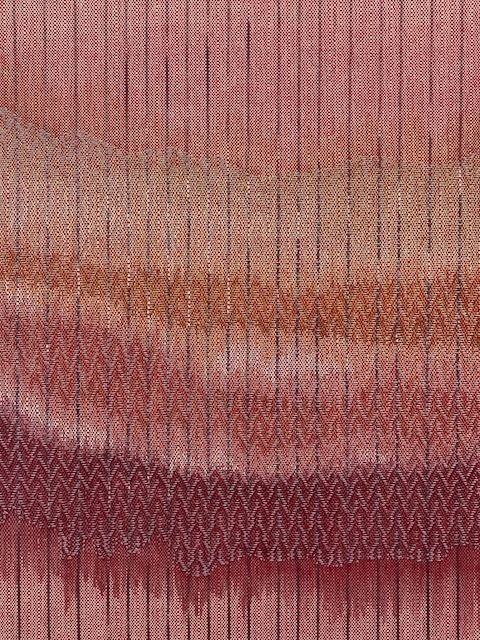
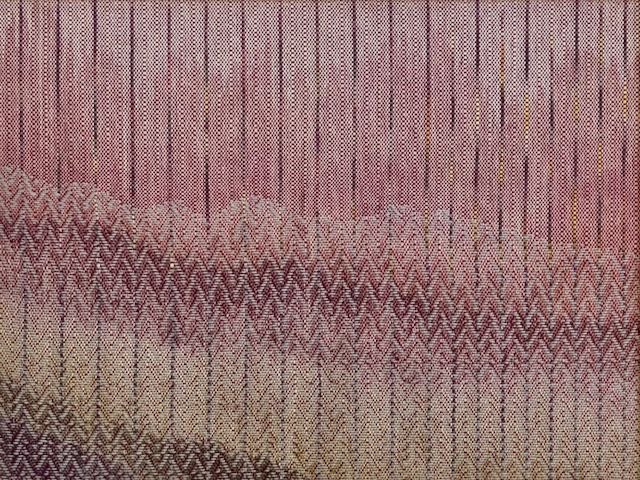
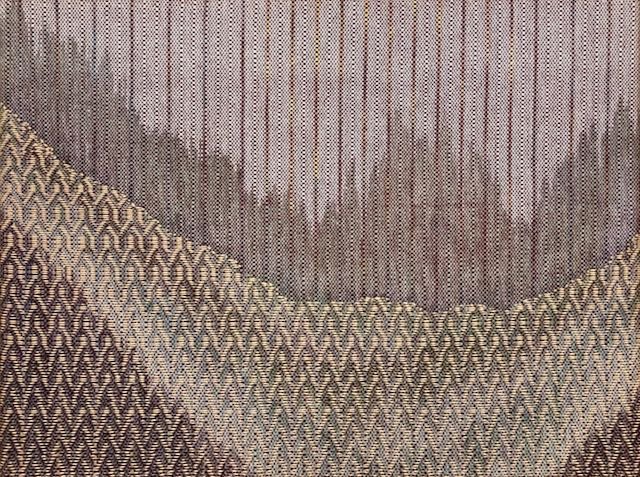
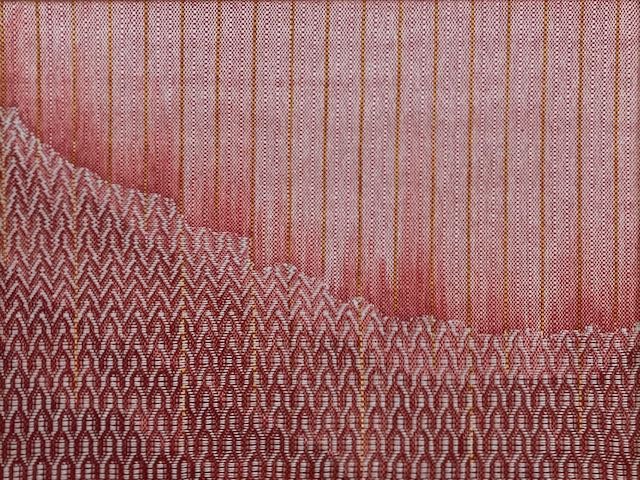
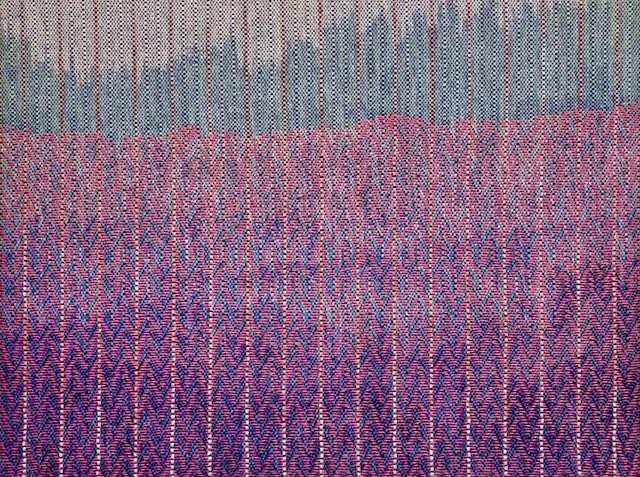
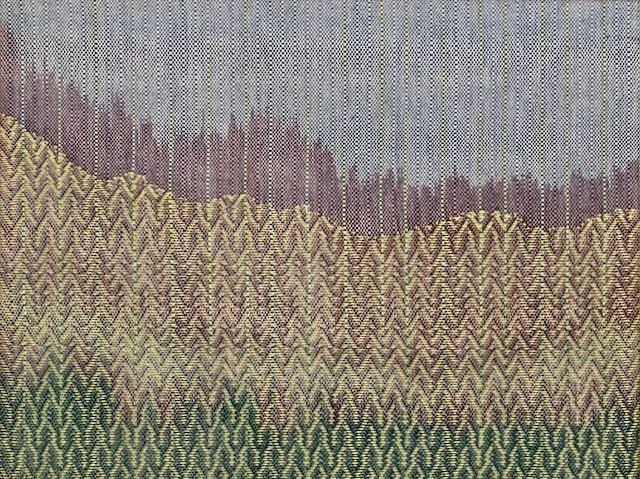
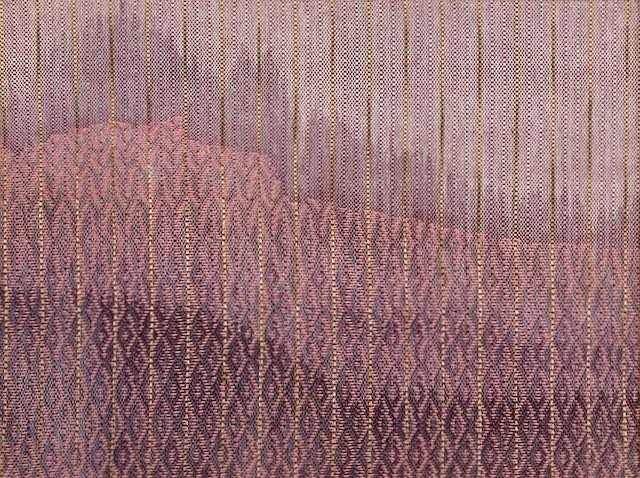
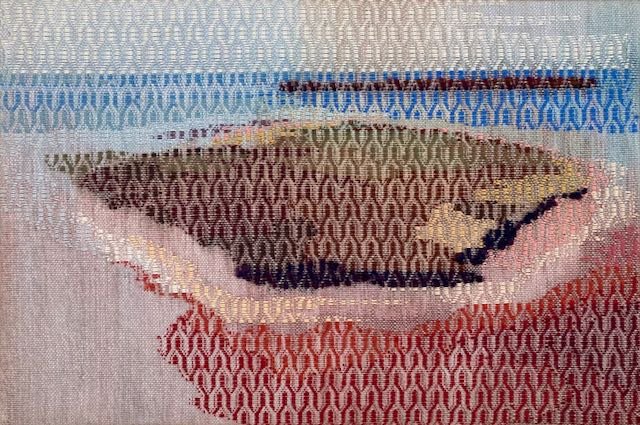
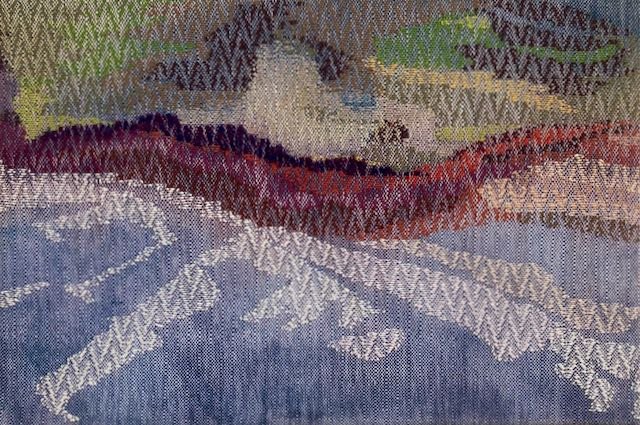
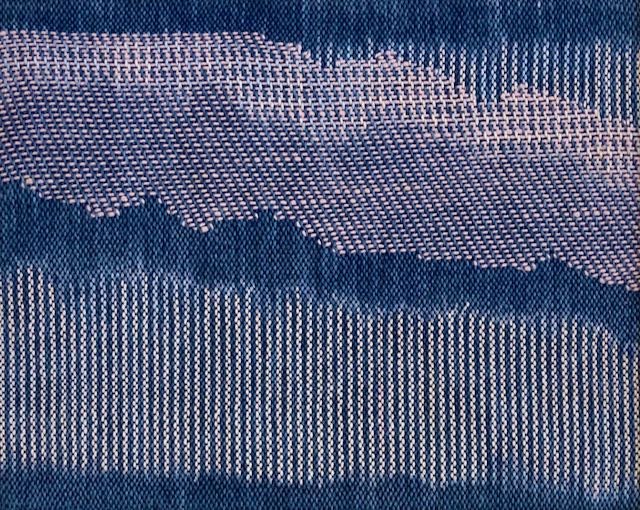
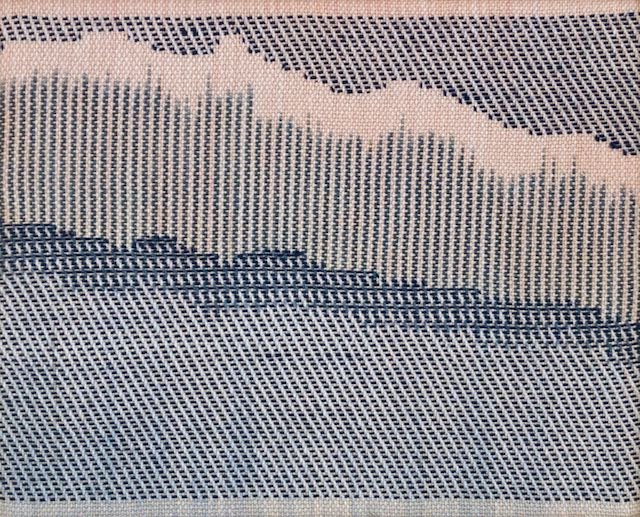
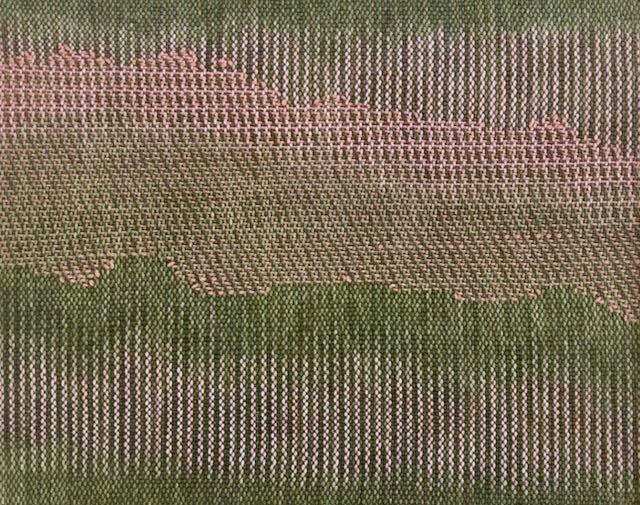
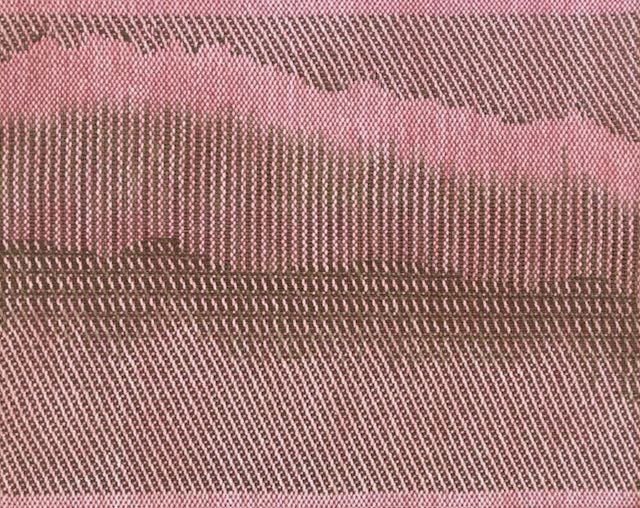
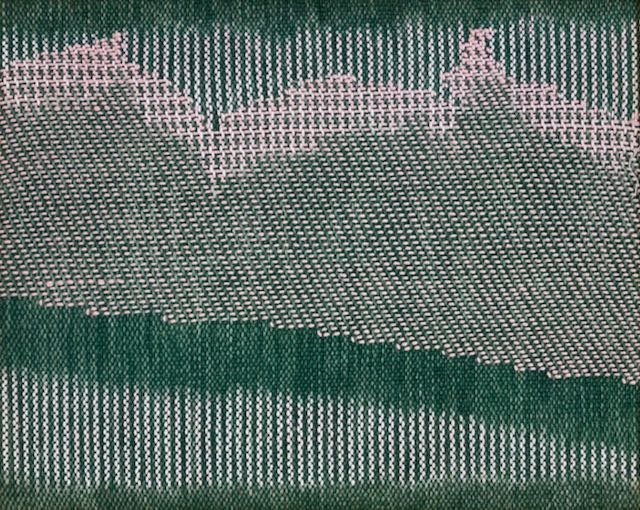
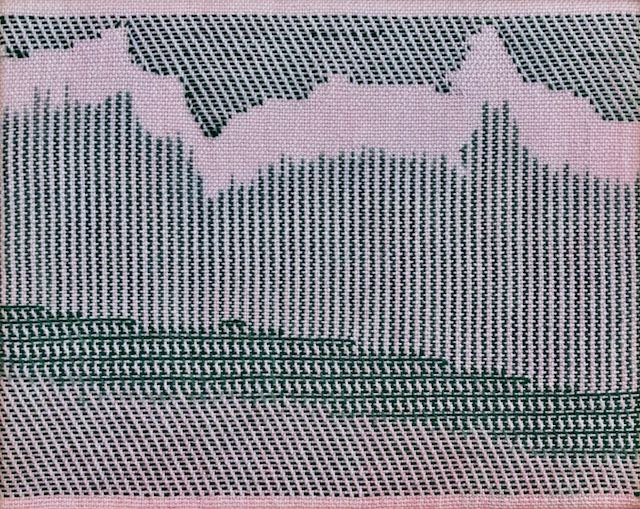
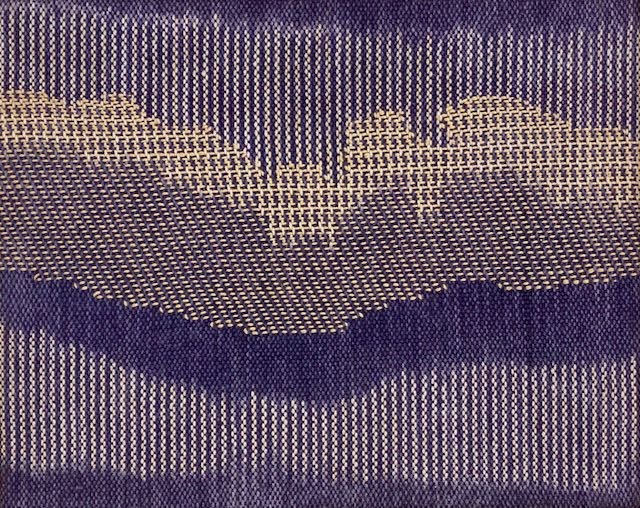
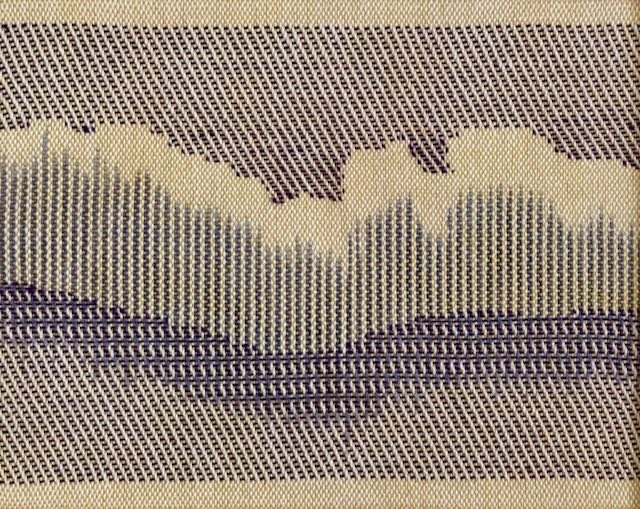
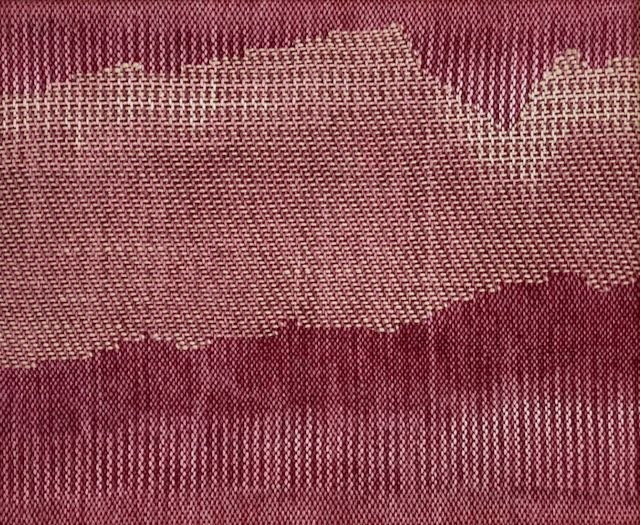

Clouds / Submerged:
Patterns of change in the skies and seas.
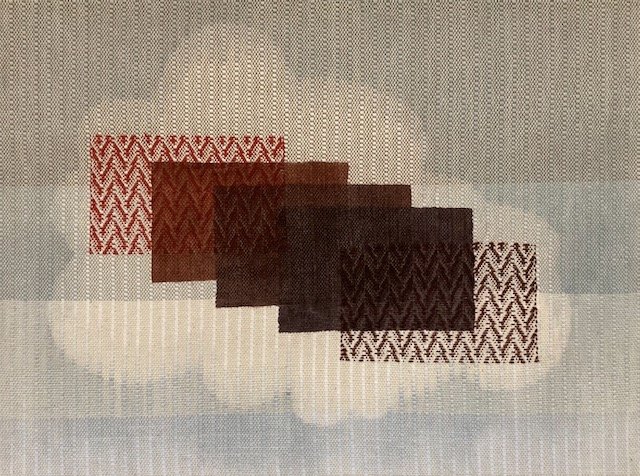
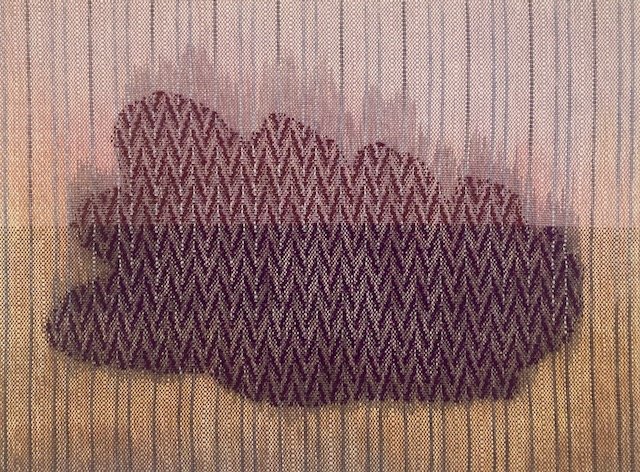
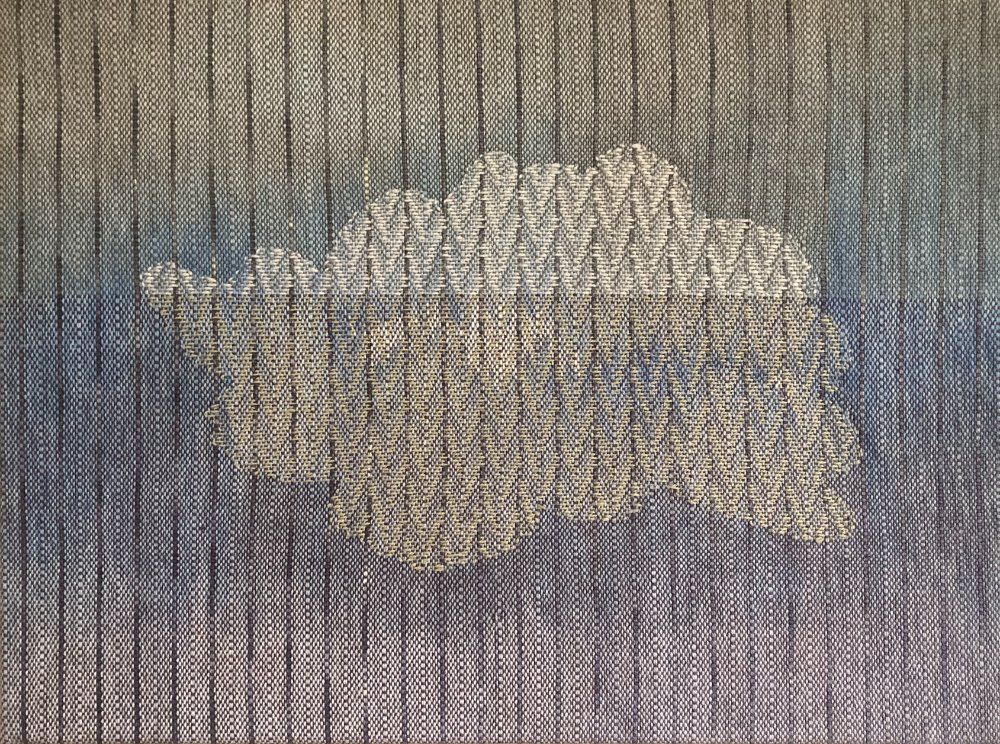
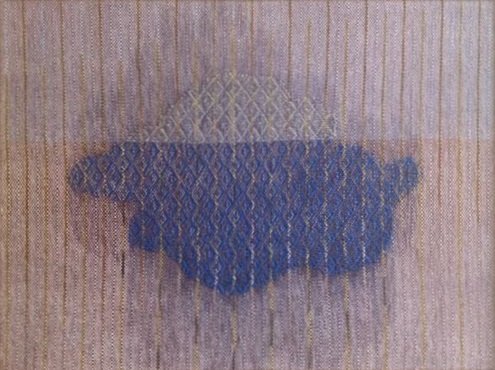

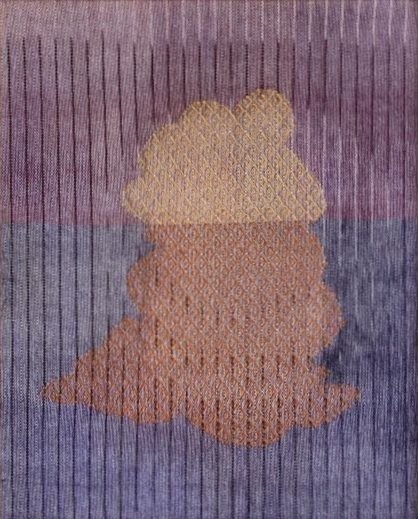


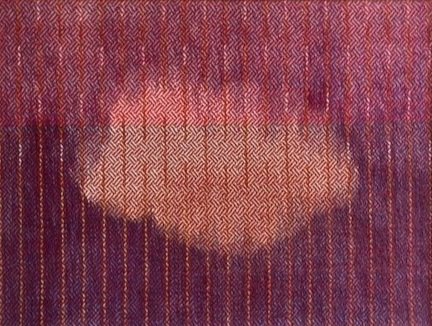

Low Tide:
This series puts the viewer in the low tide landscape. The intertidal zone is an environment of transition, and perspectives are gained when one lingers in this liminal space.
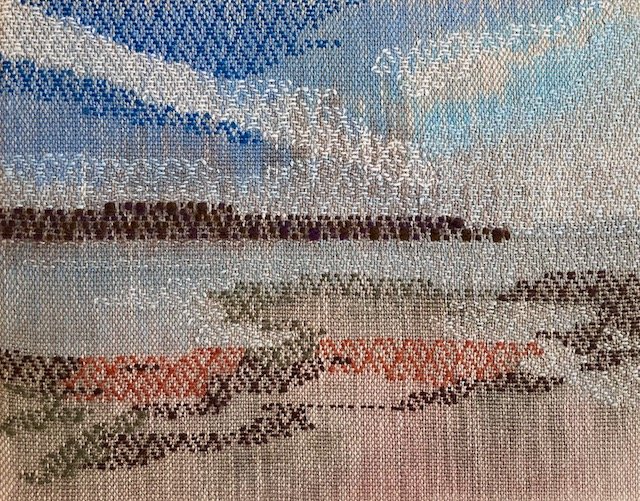
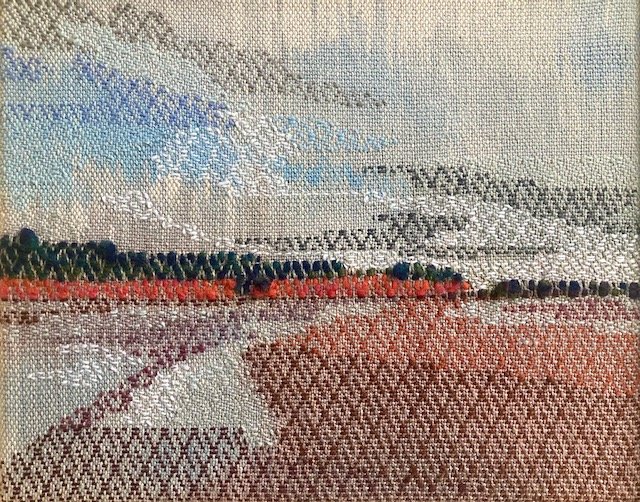
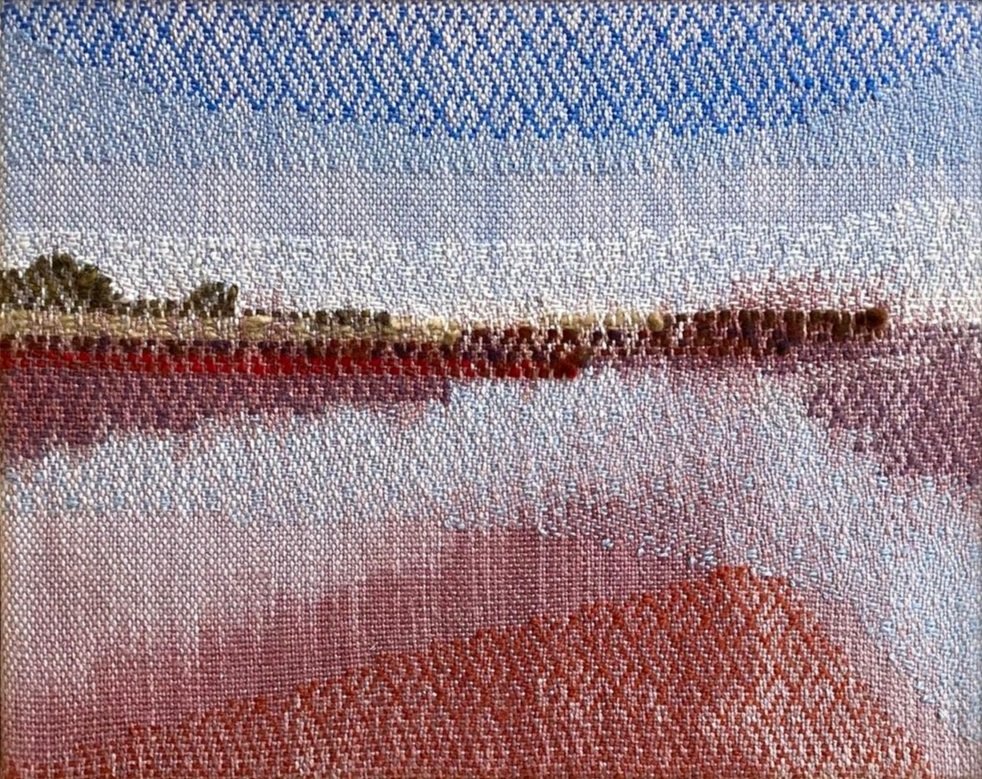
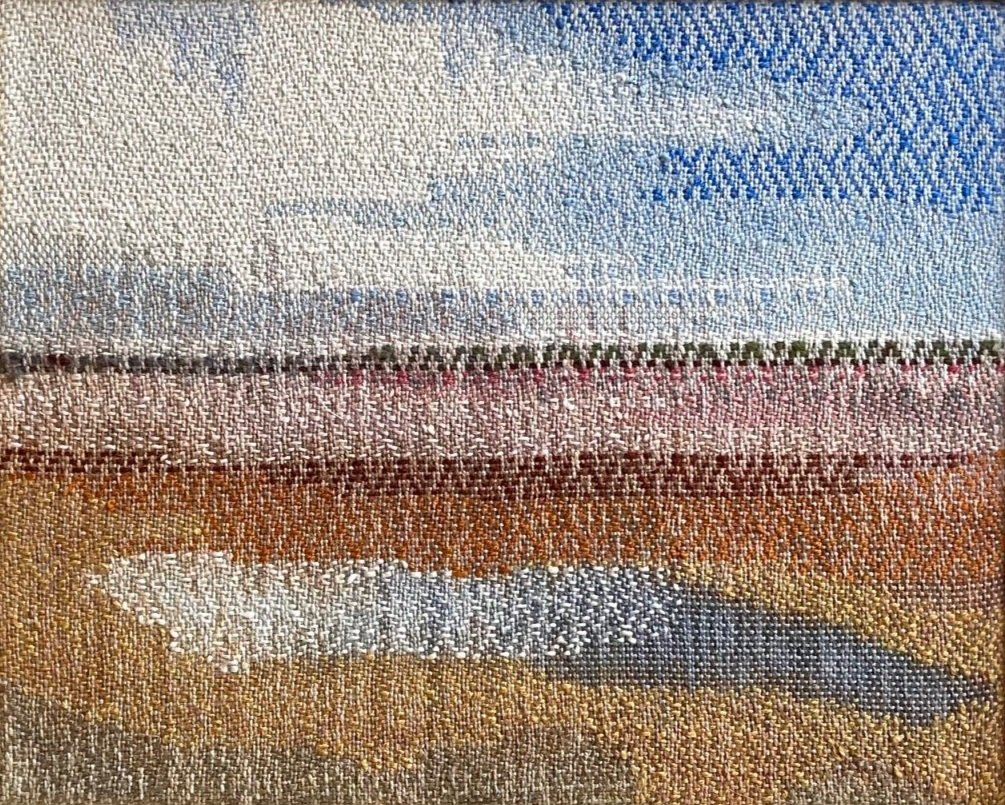
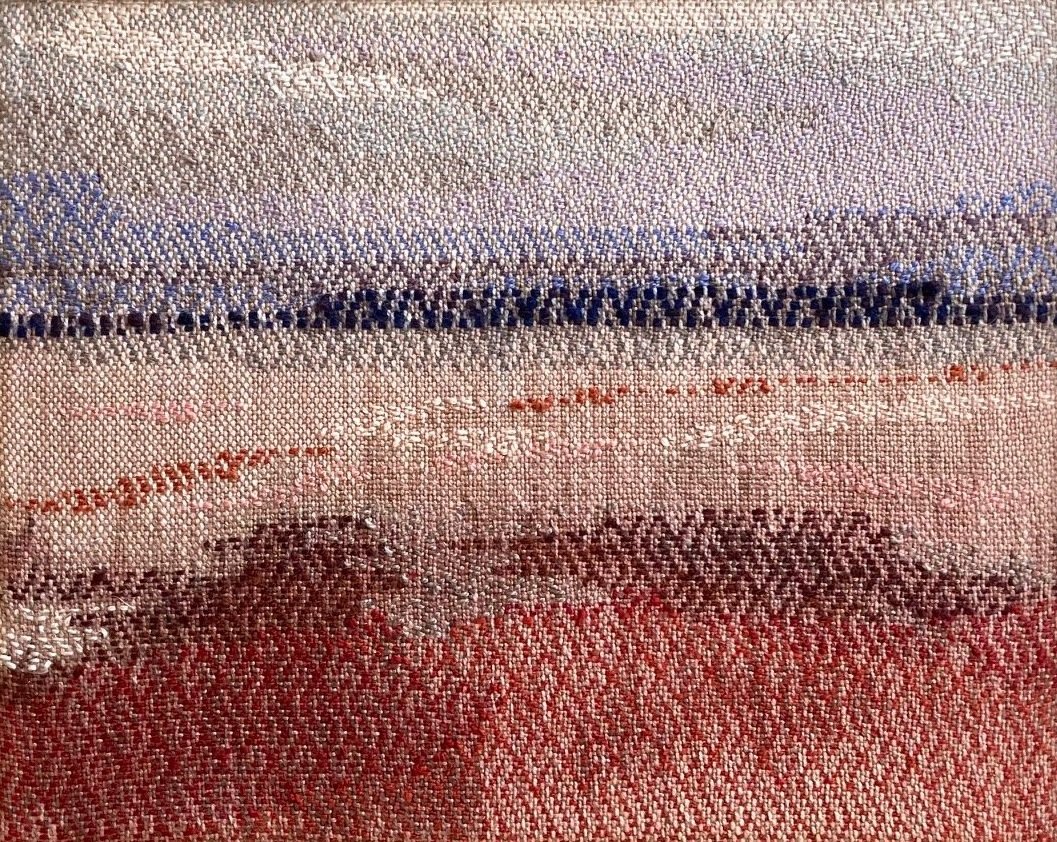
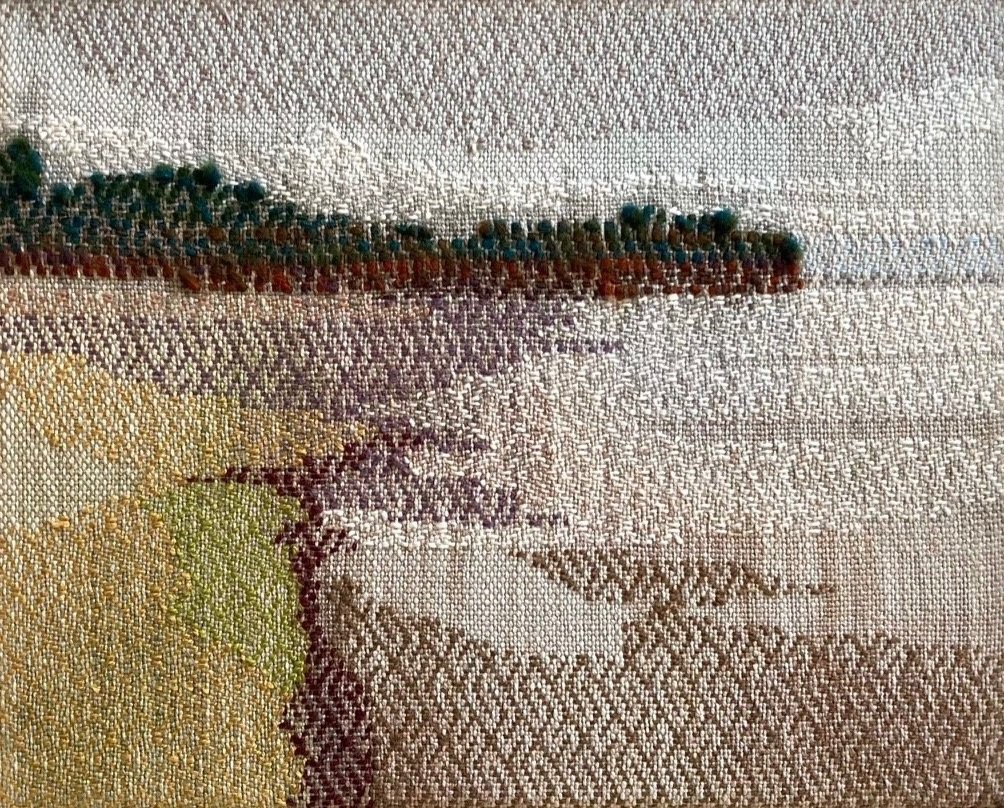



Weighted LINEs:
Depicting PEI shorelines through the math of weaving, this series creates veils of space and light. Inspired by the geometry of the PEI shoreline, weighted lines is an architectural rendering method to depict depth and perspective, through the use of vertical stripes divided into fractions of thirds.
Prior to weaving, cotton warp yarns are painted with stencils, dividing the warp into regular stripes. The saturated stripes play against a lighter background in a complimentary colour. The weft yarns are a heavier, raw silk (ikat-dyed prior to weaving), and a factory dyed fine cotton.


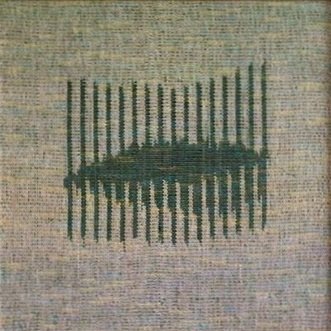


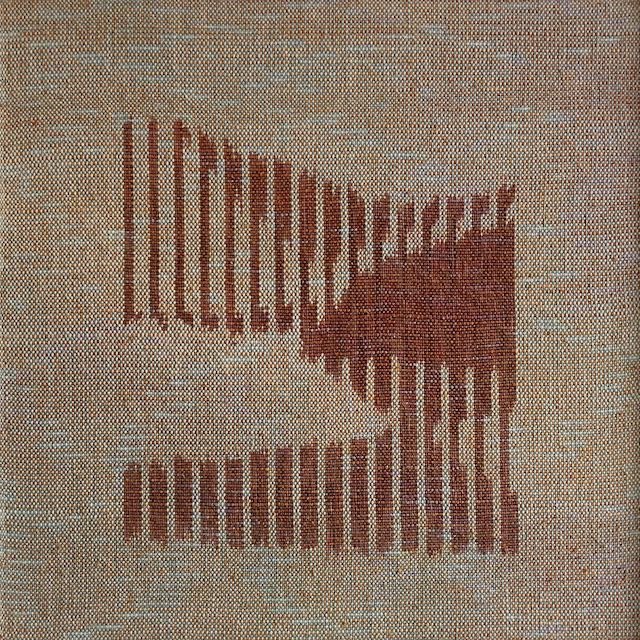
Relational Geographies:
These works examine the ways land and ocean shape each other and the liminal space that exists because of this dynamic relationship. Using mapping techniques, satellite images, hand painted warp, and pattern weft, these weavings highlight areas of coastal transition and the continuous transactions between land and sea.
